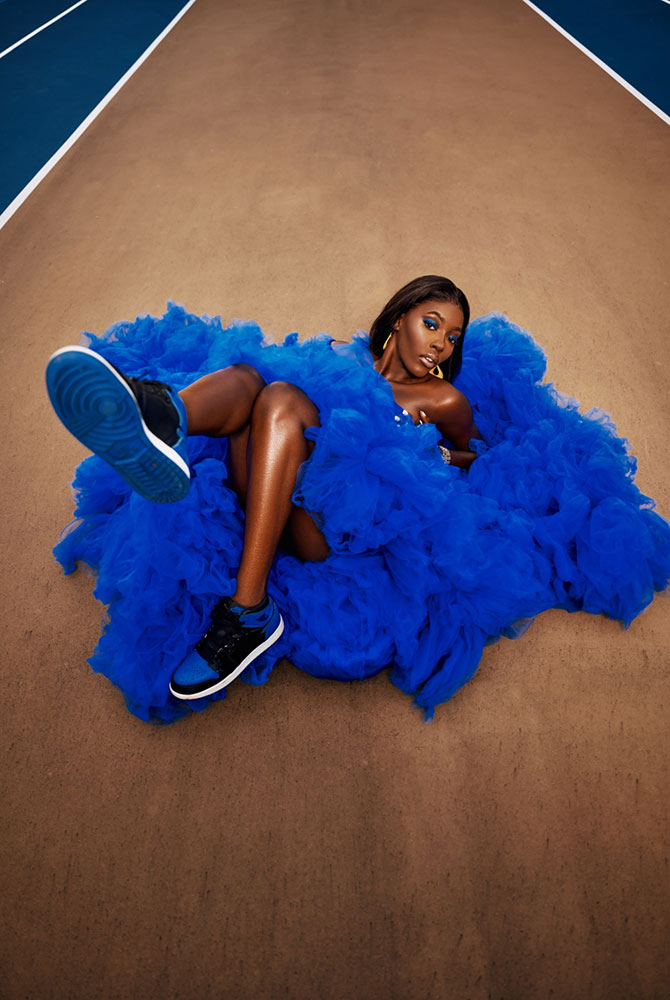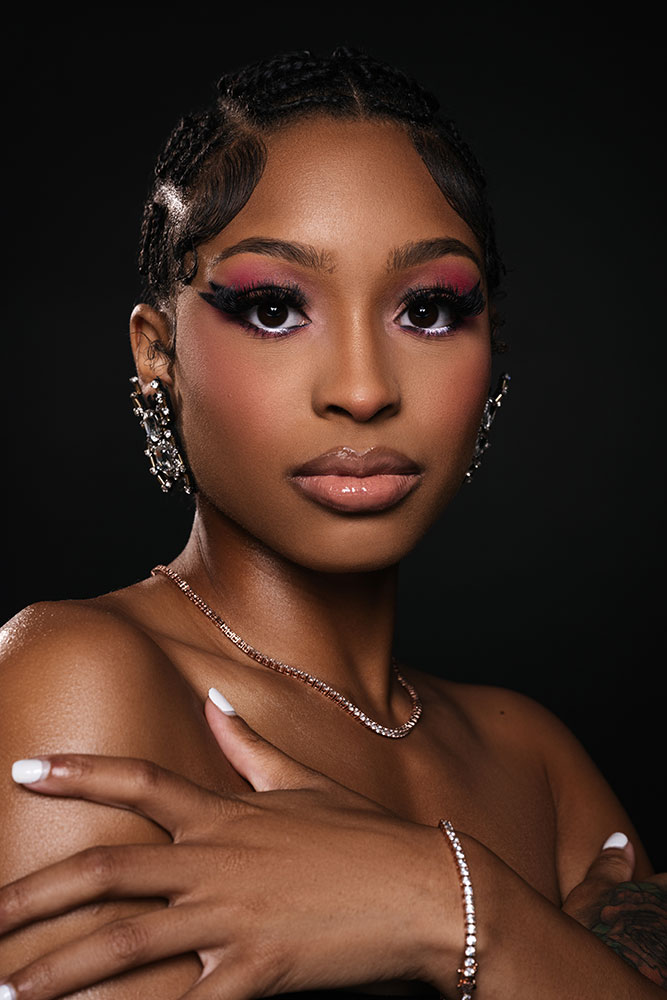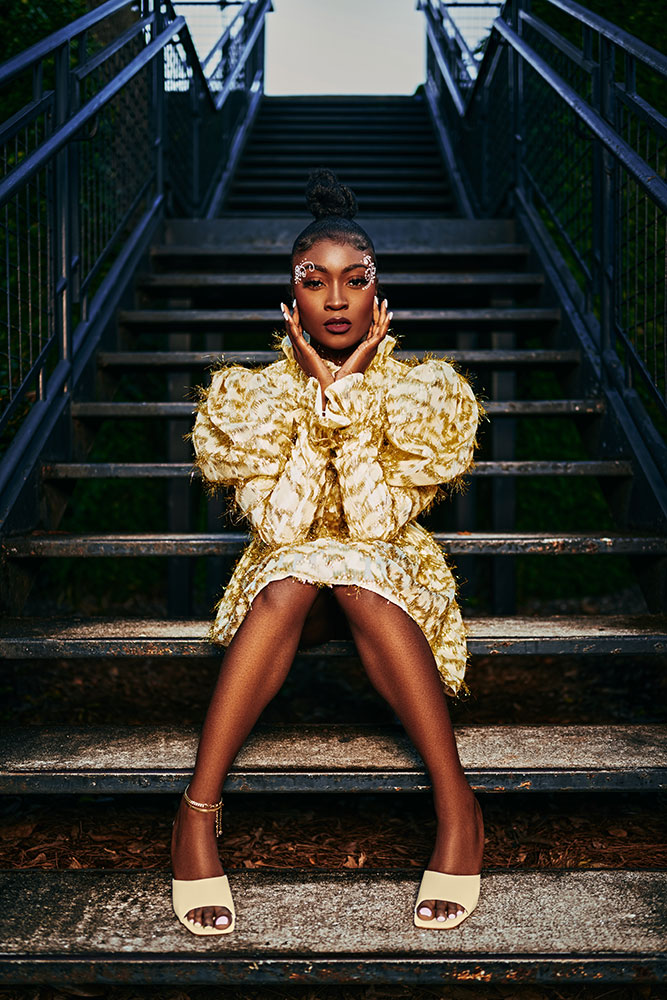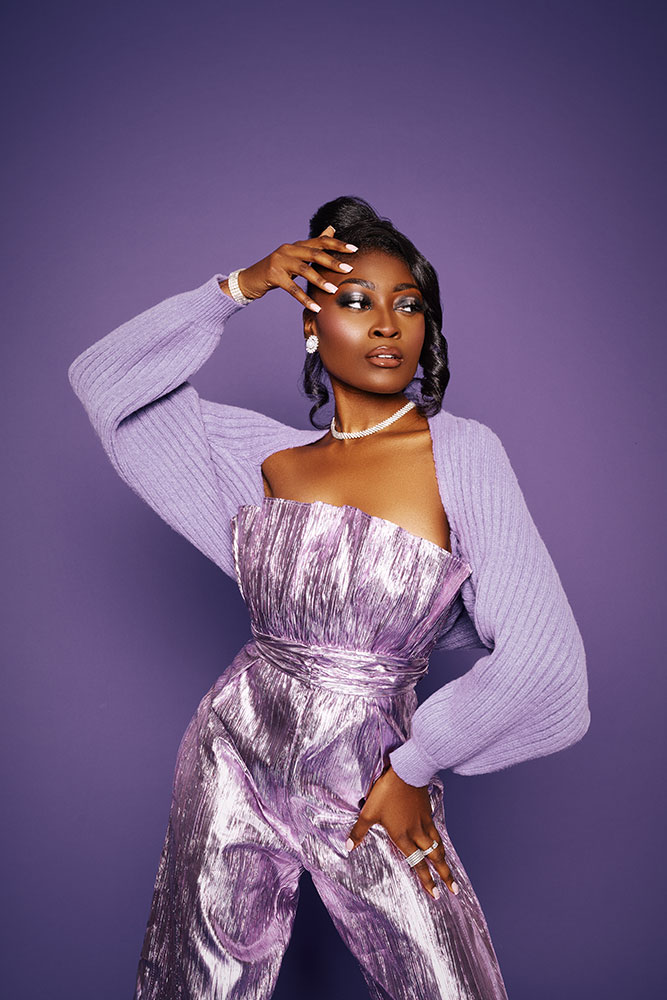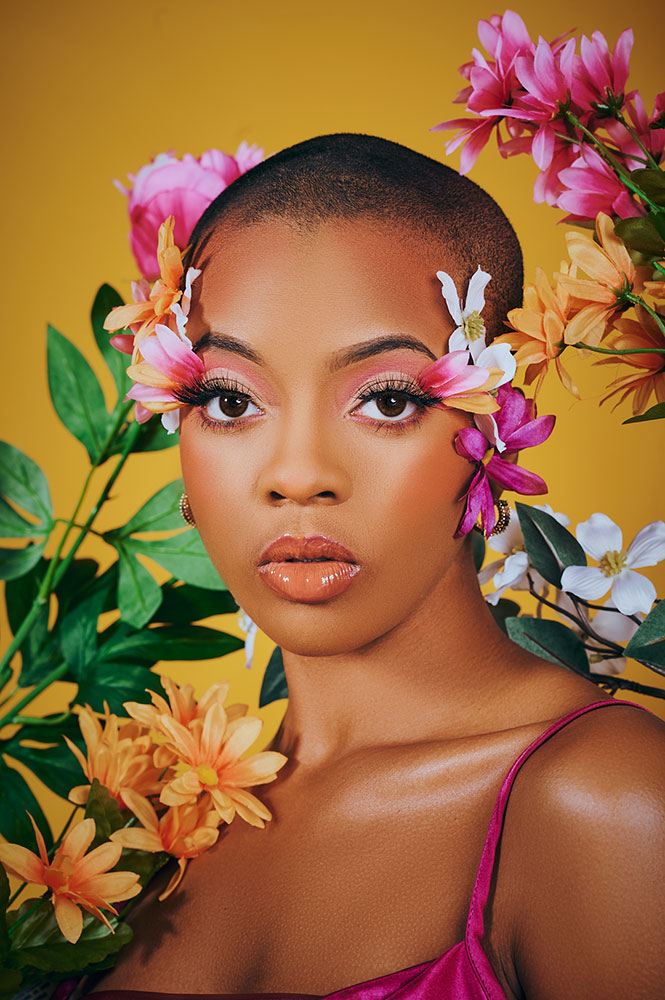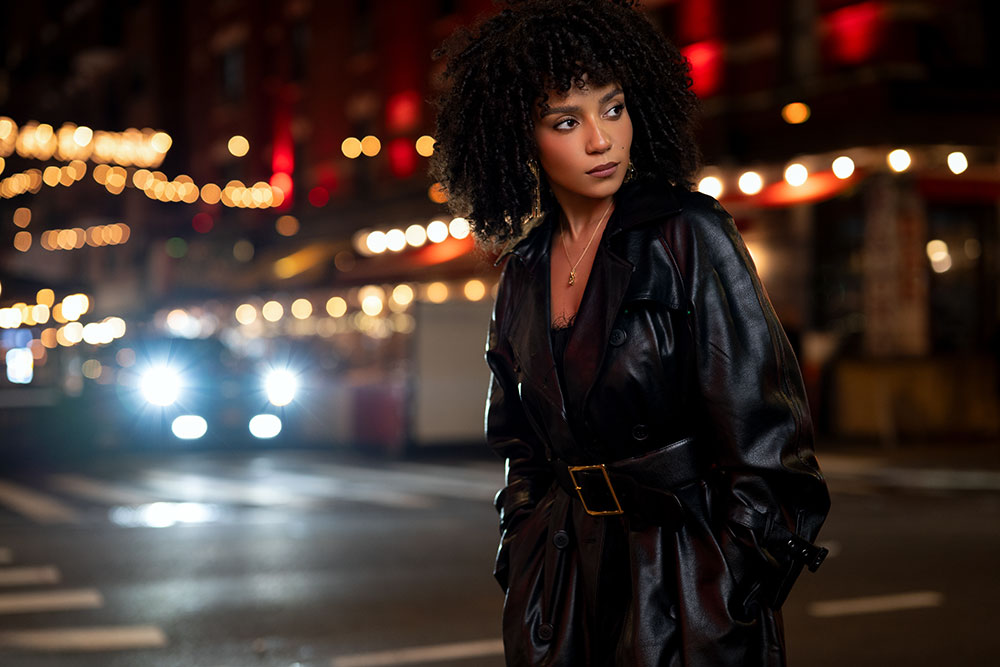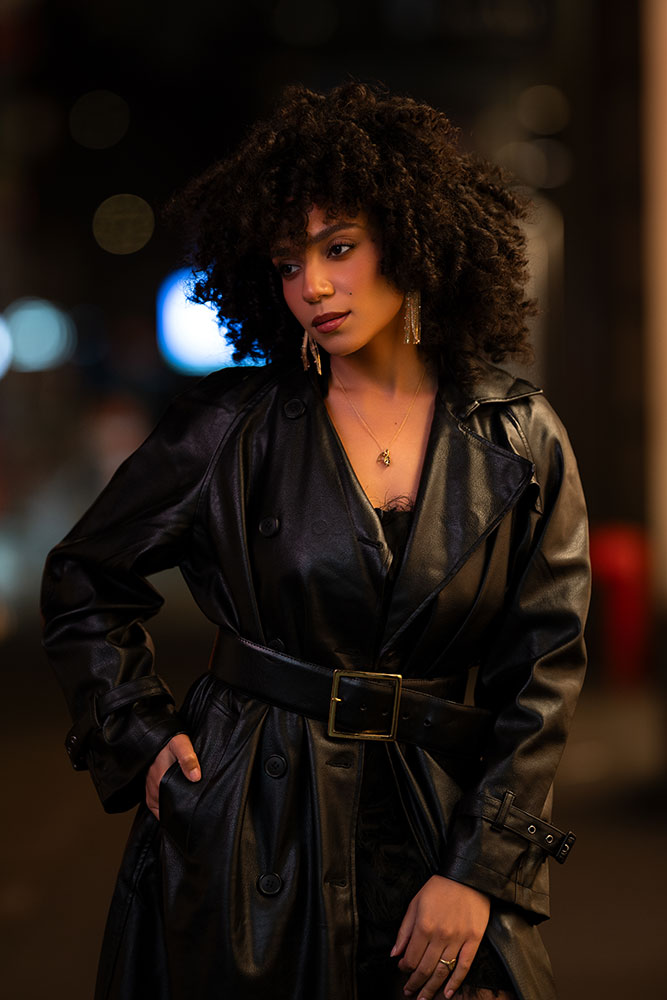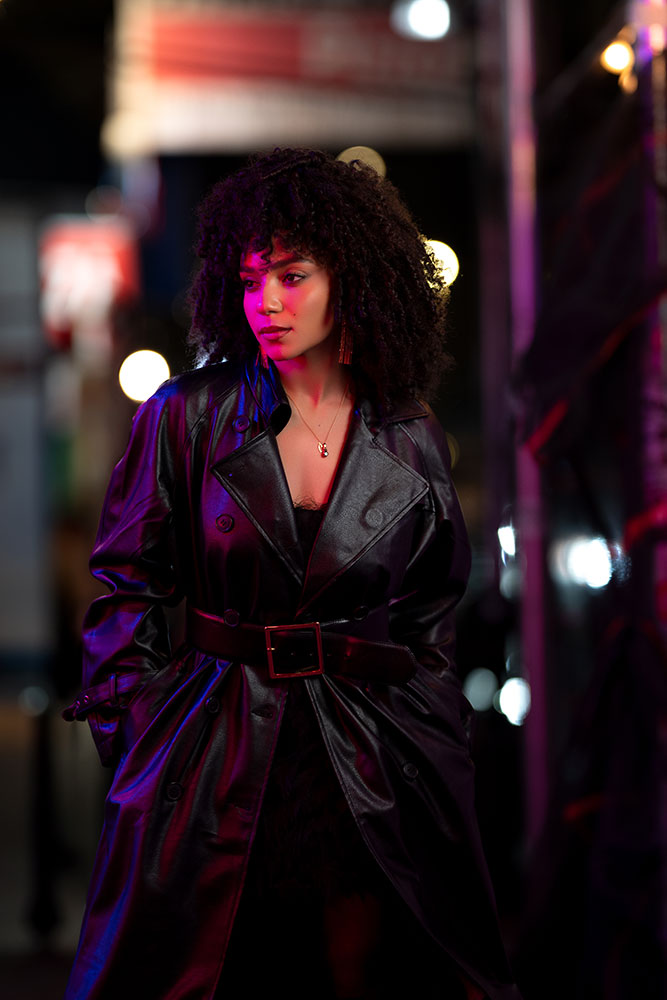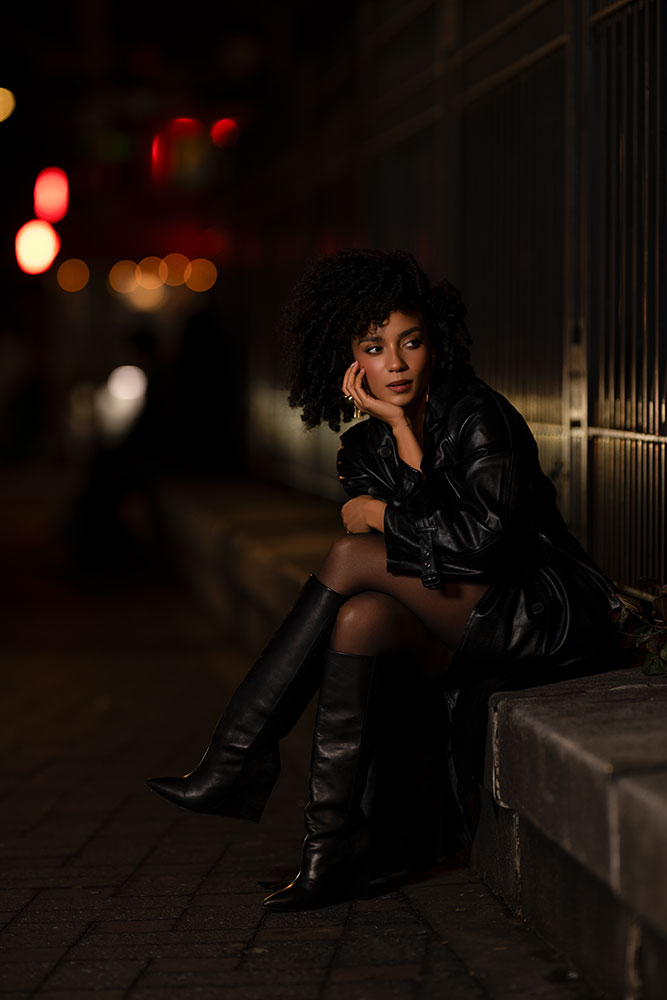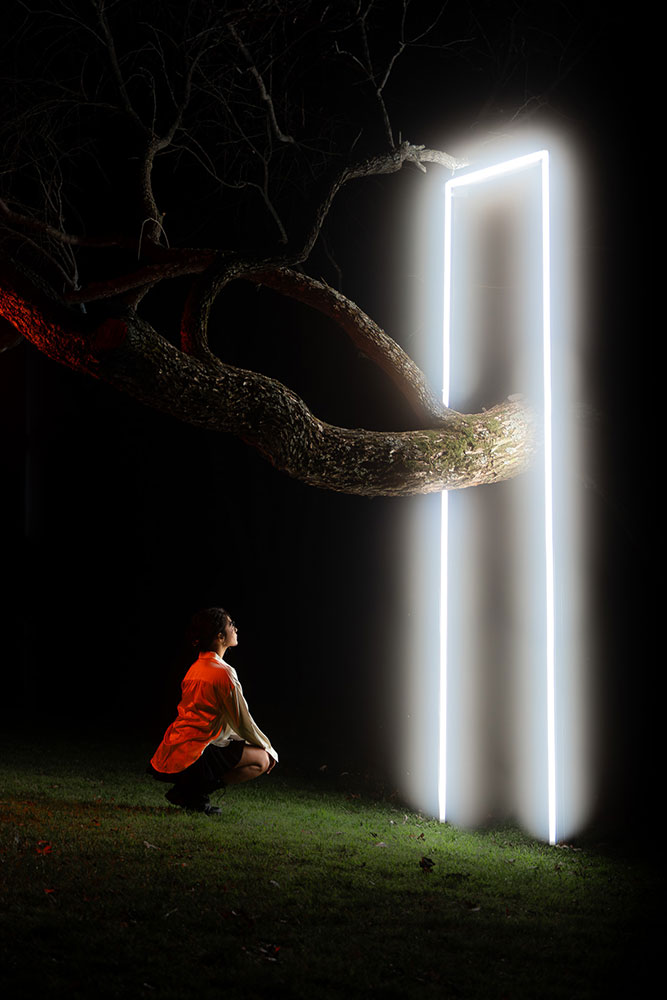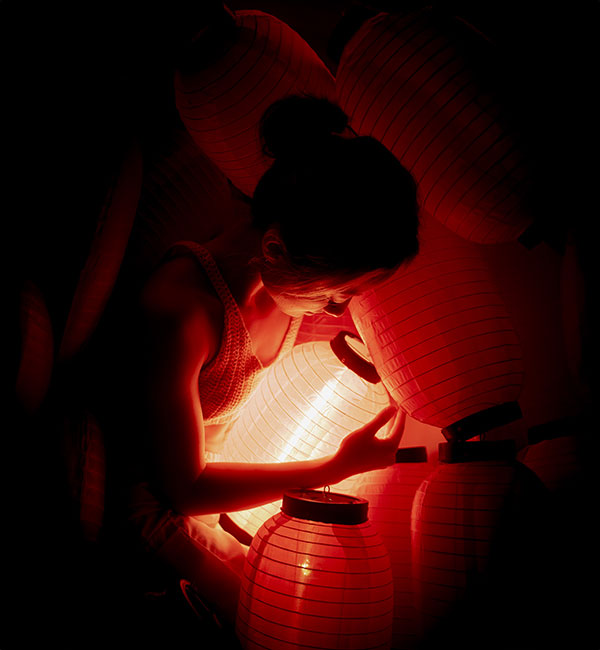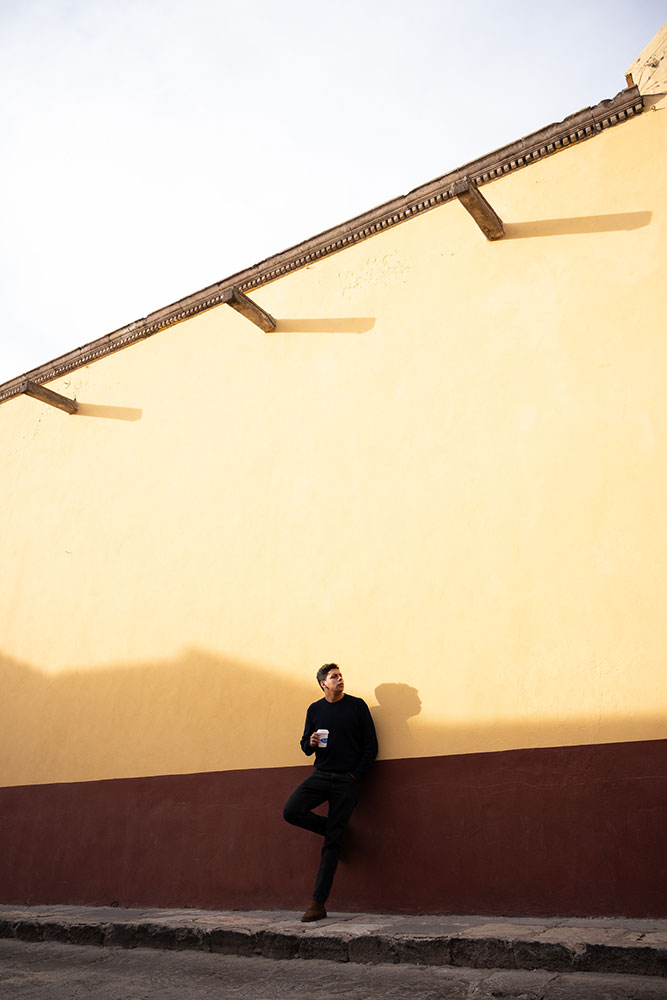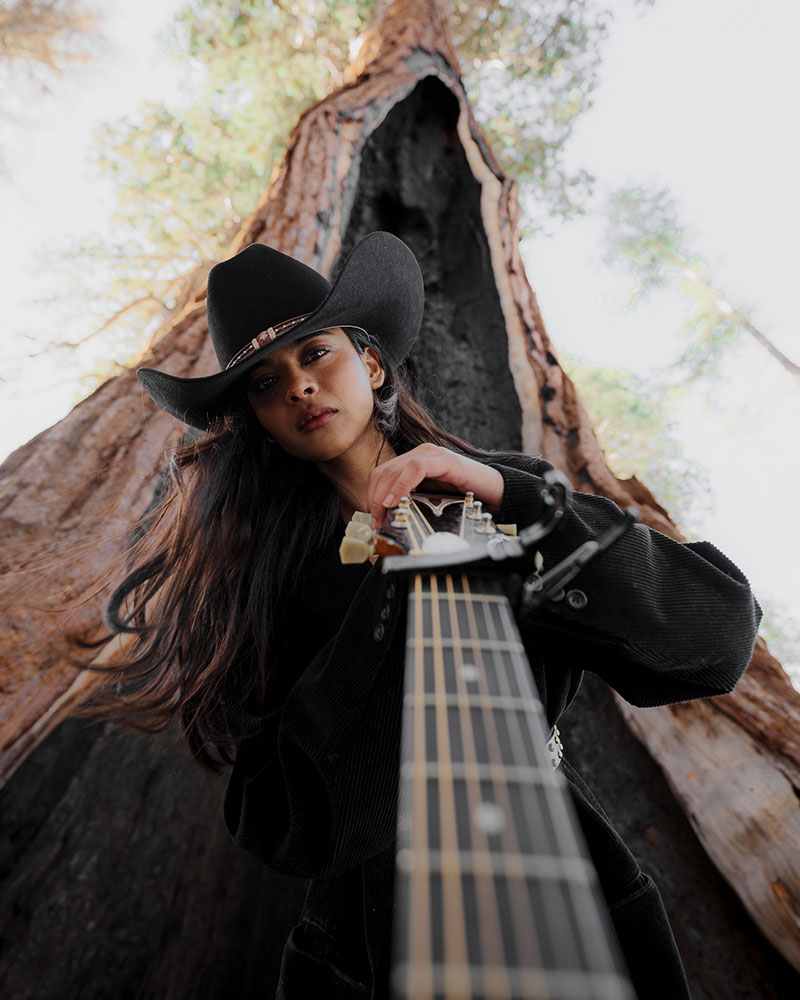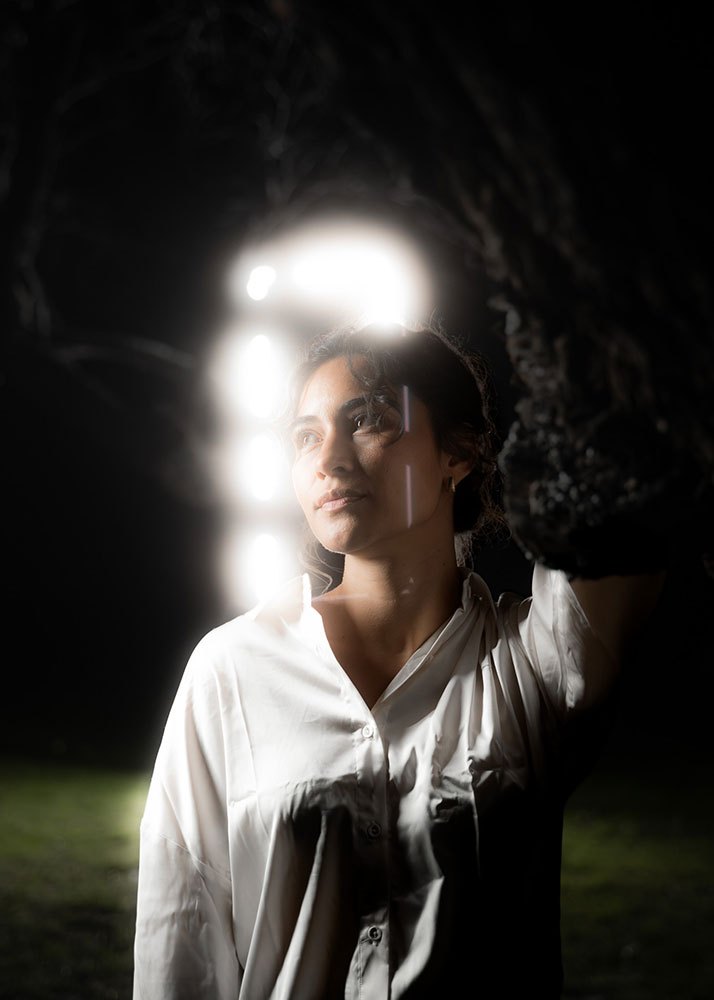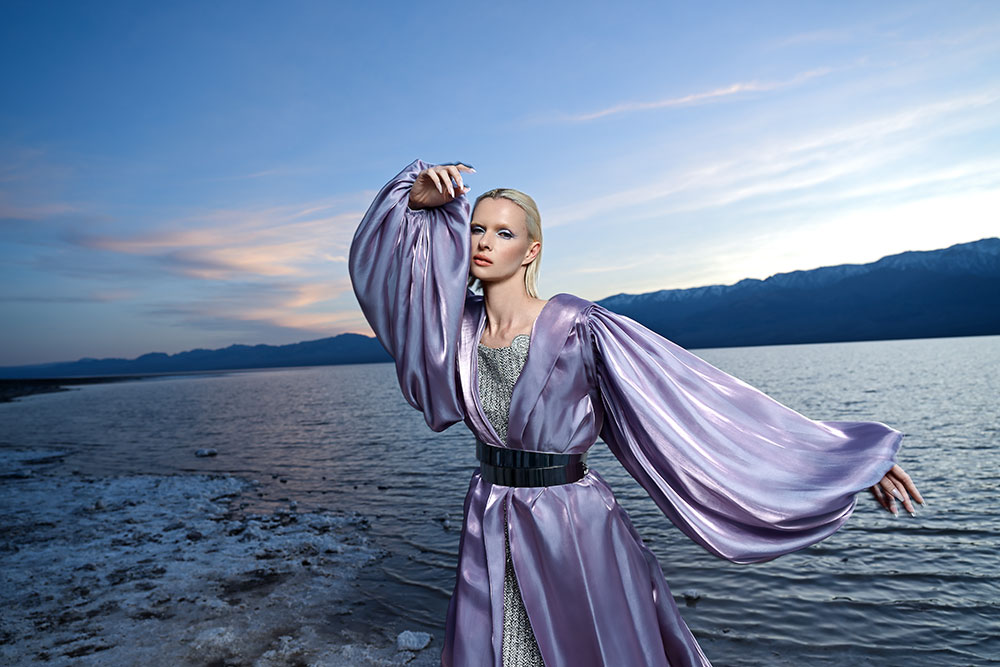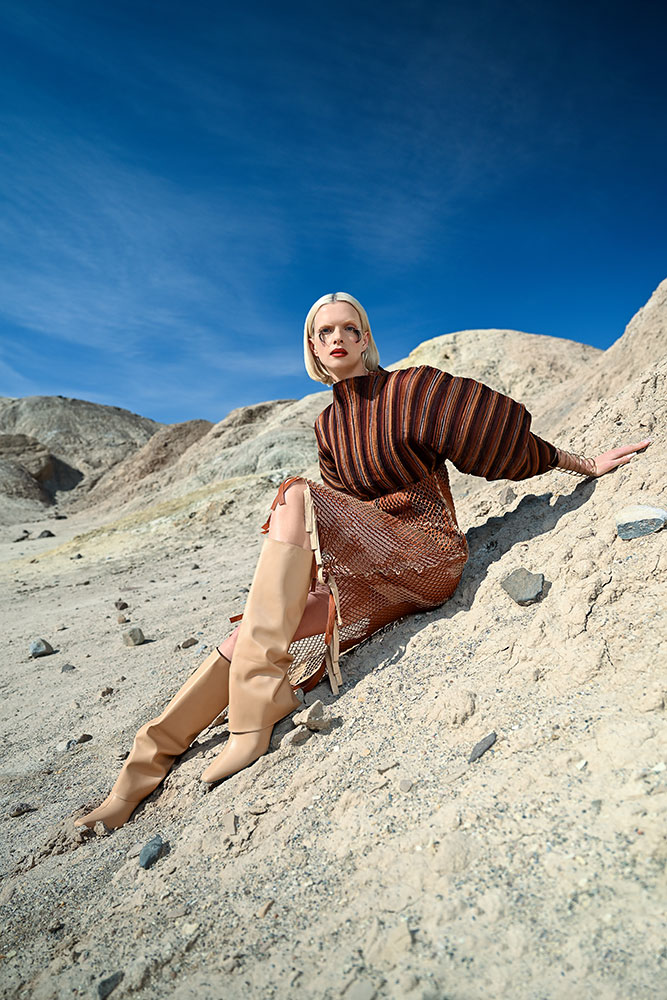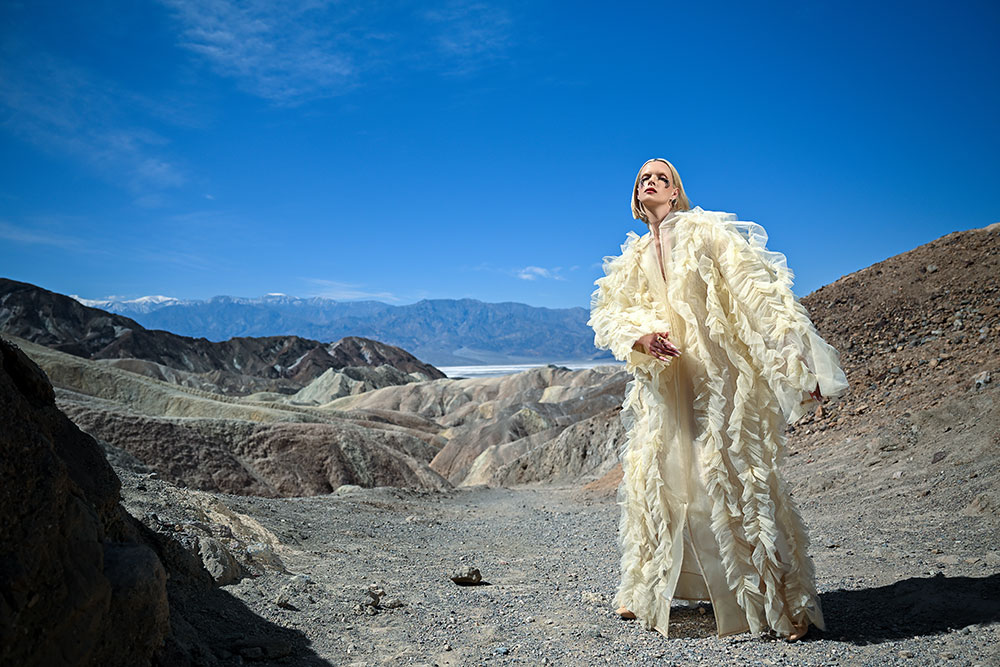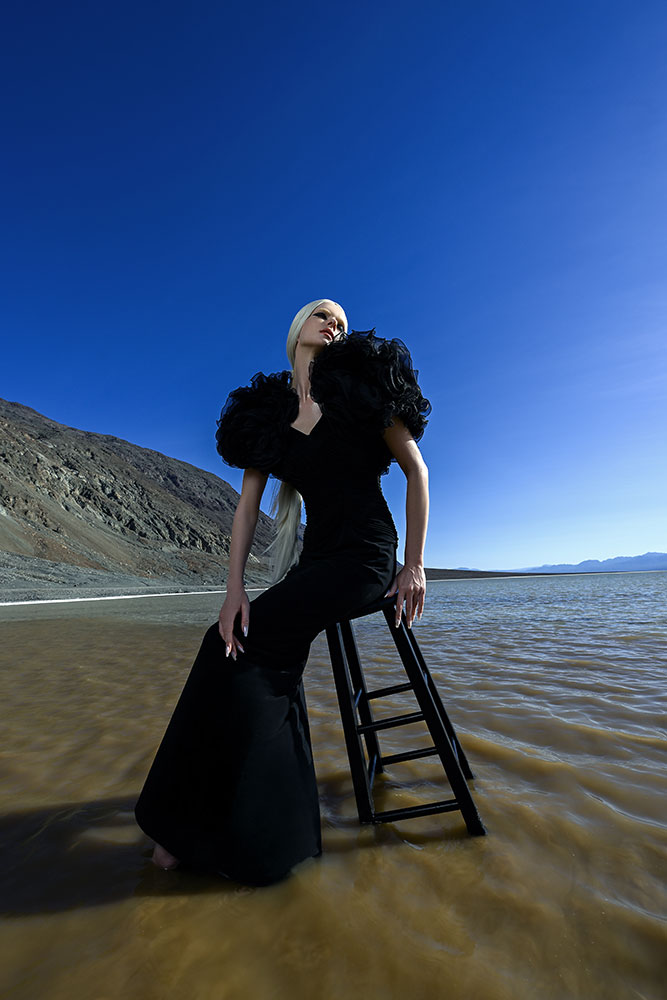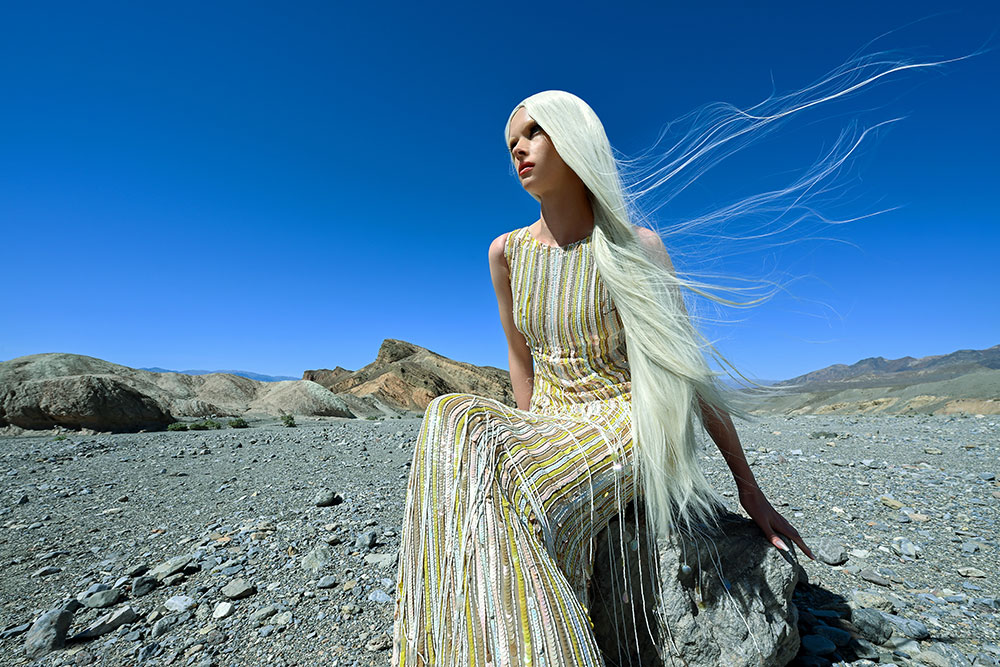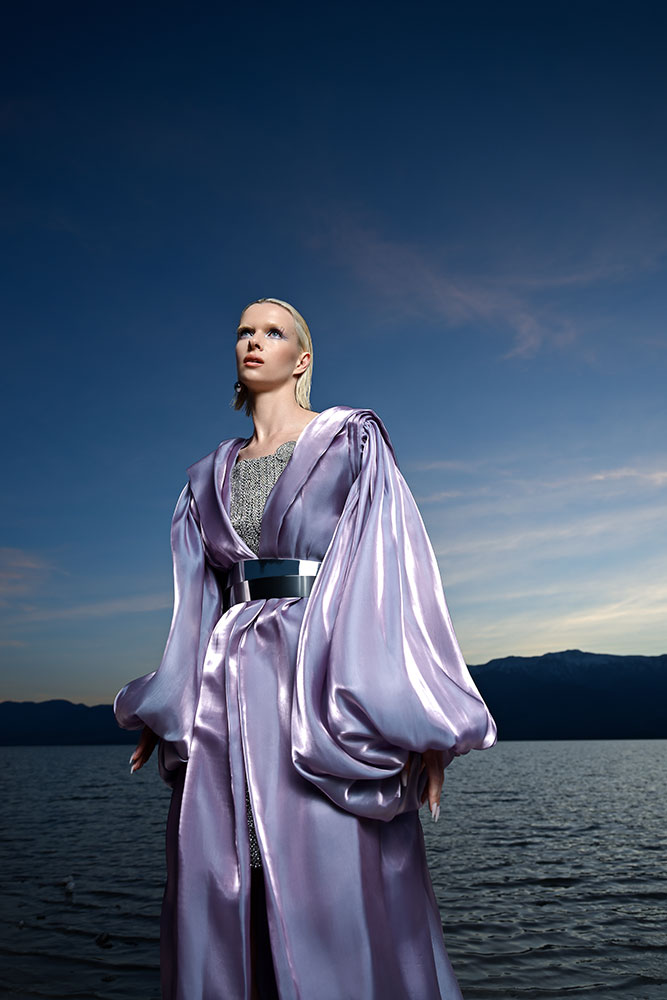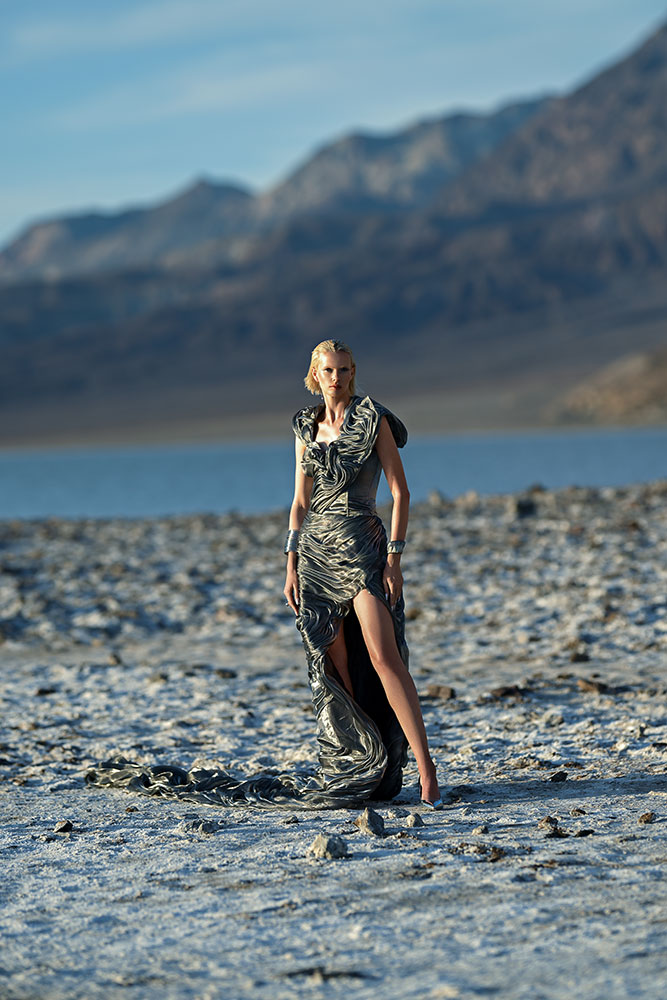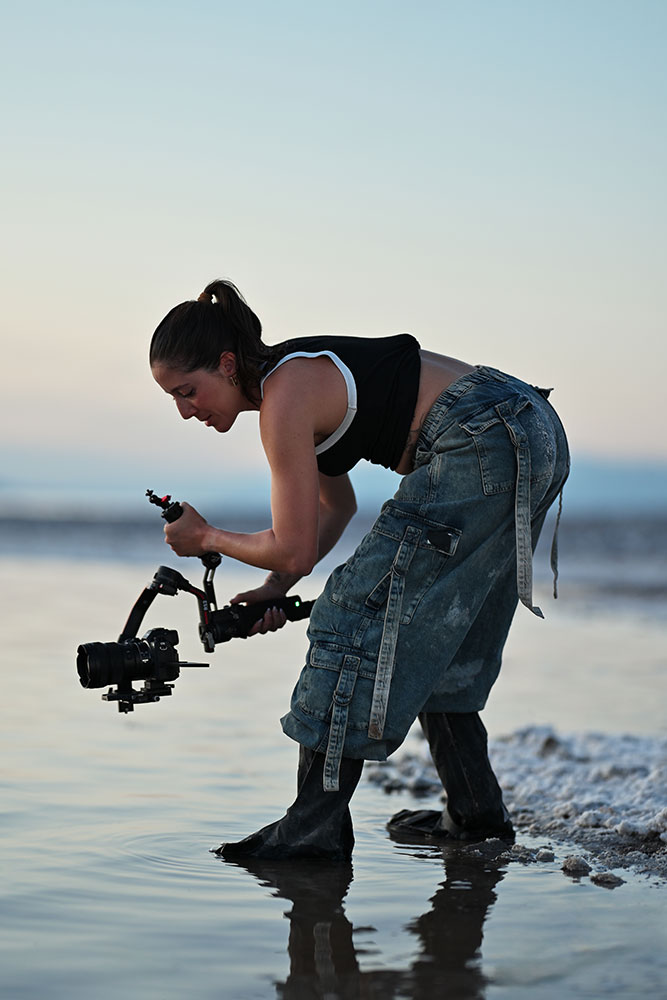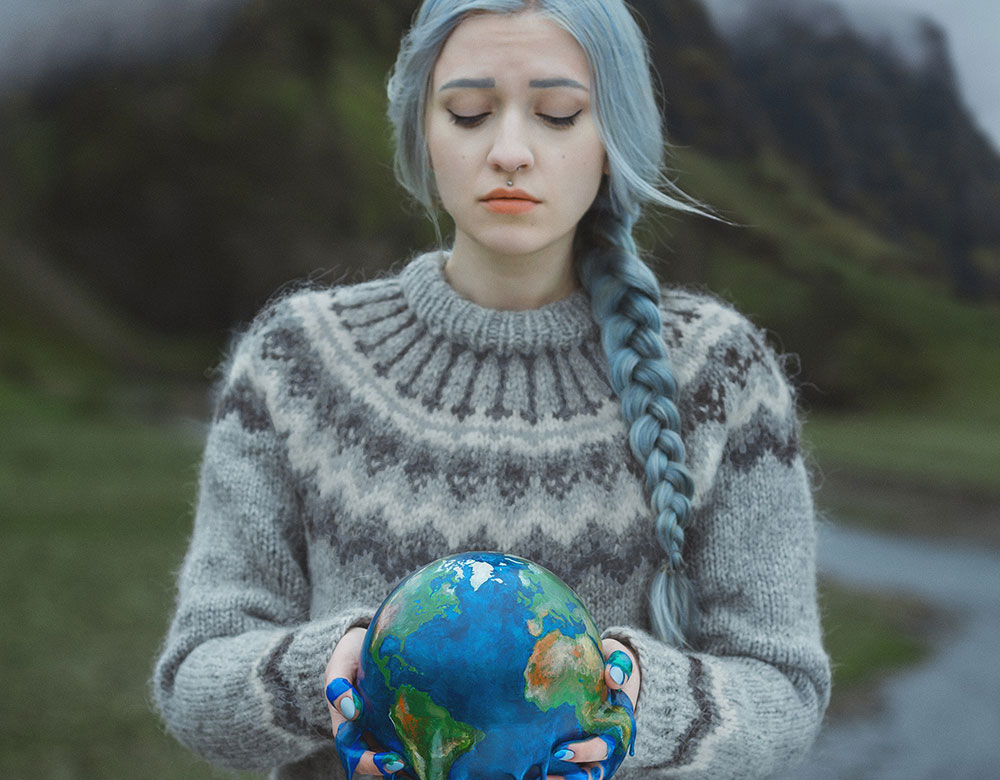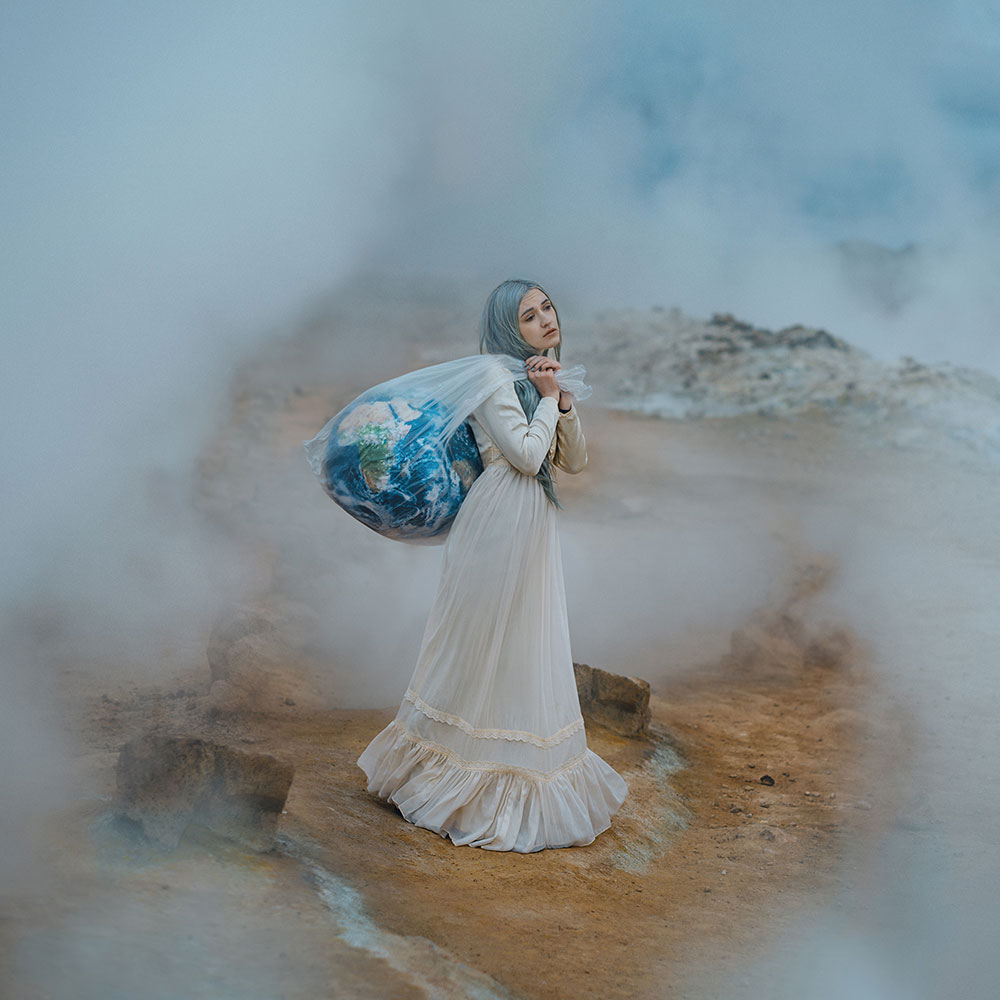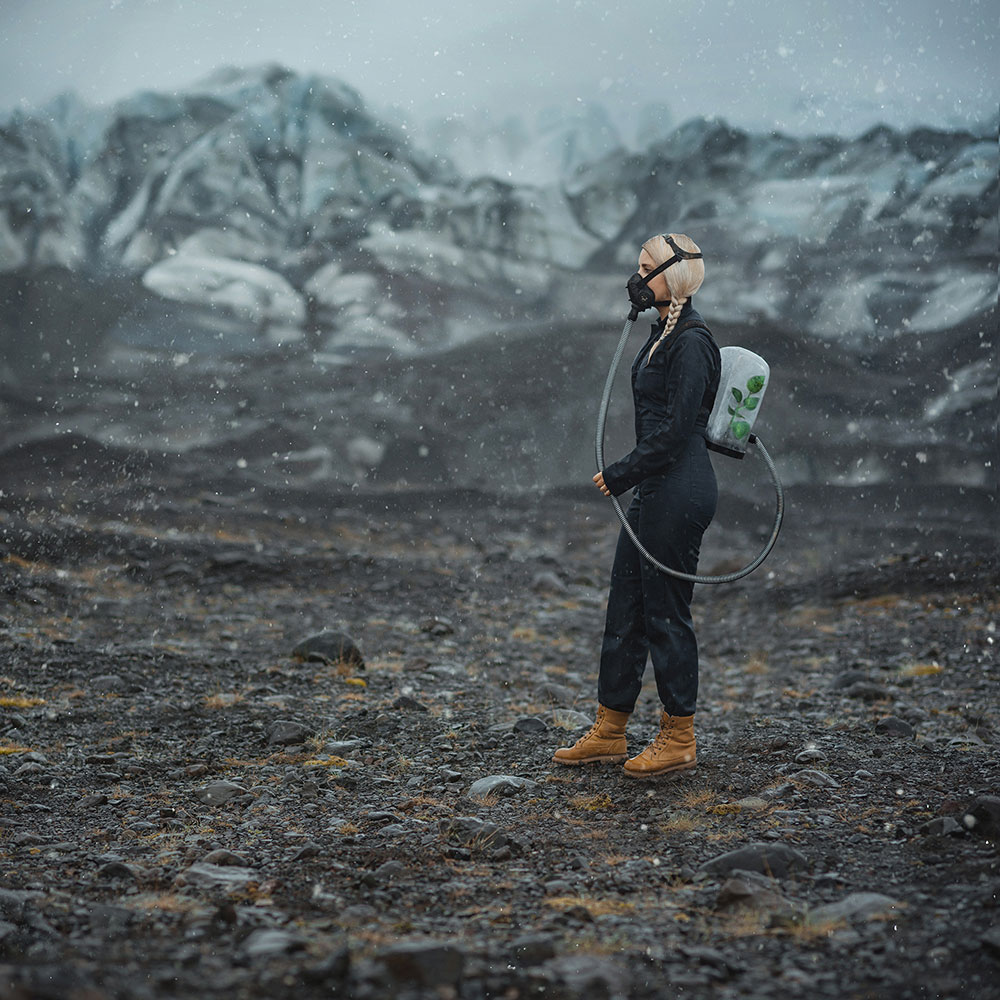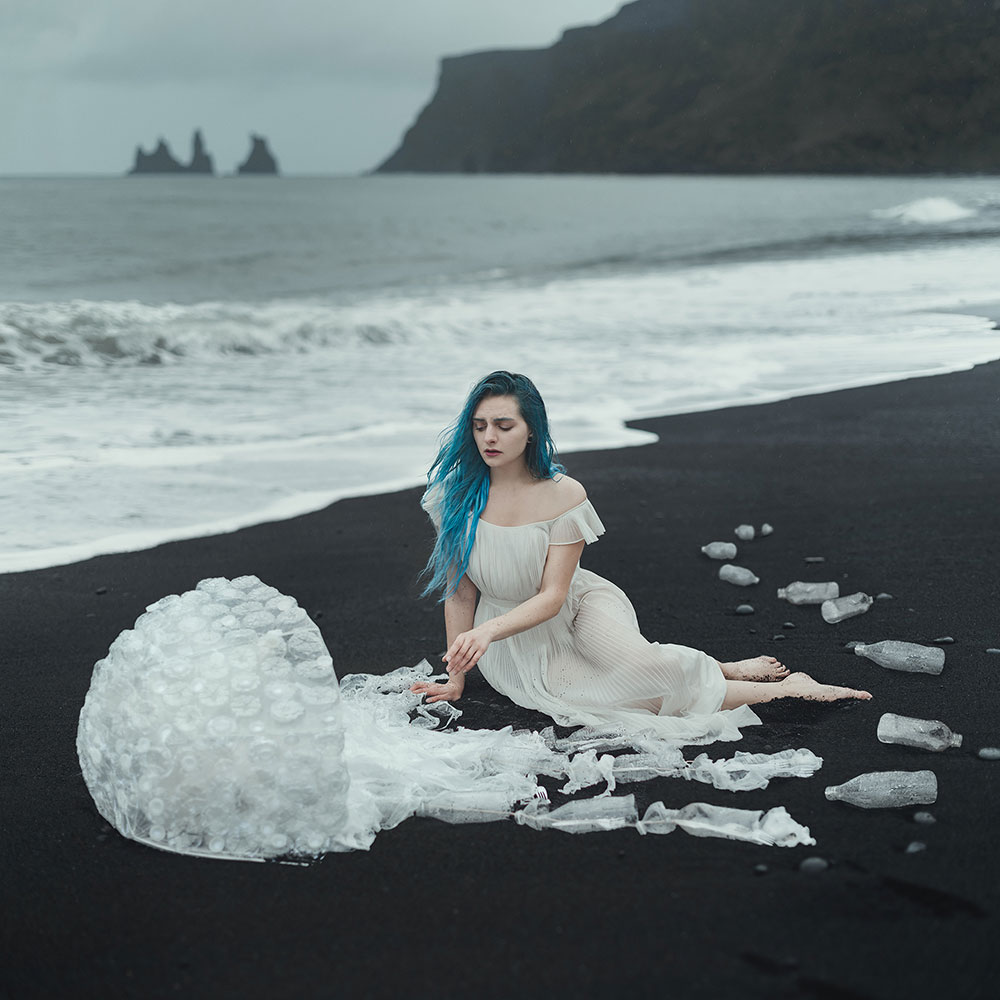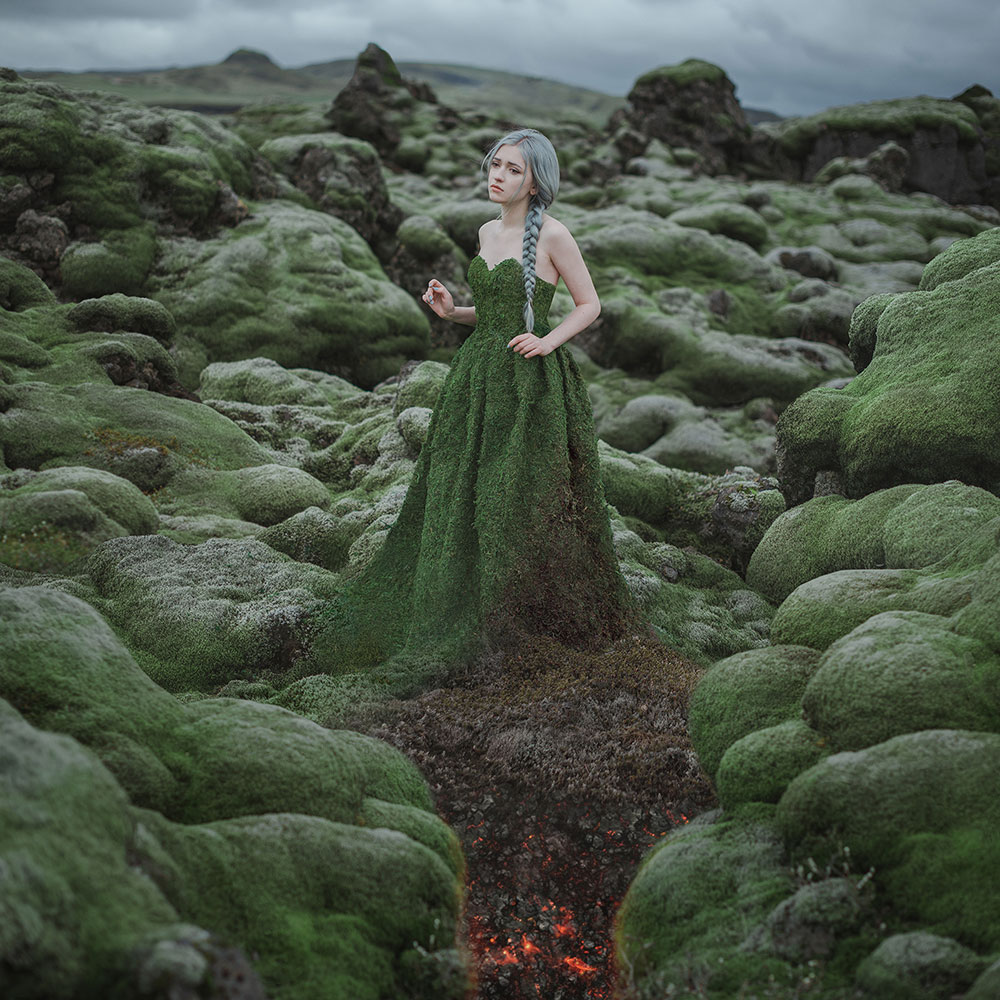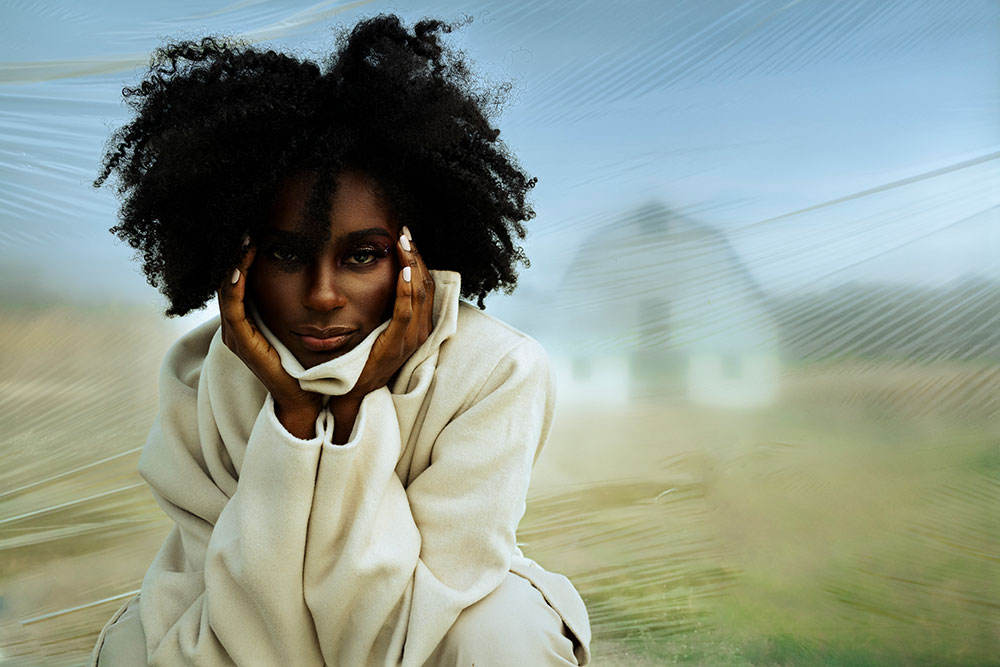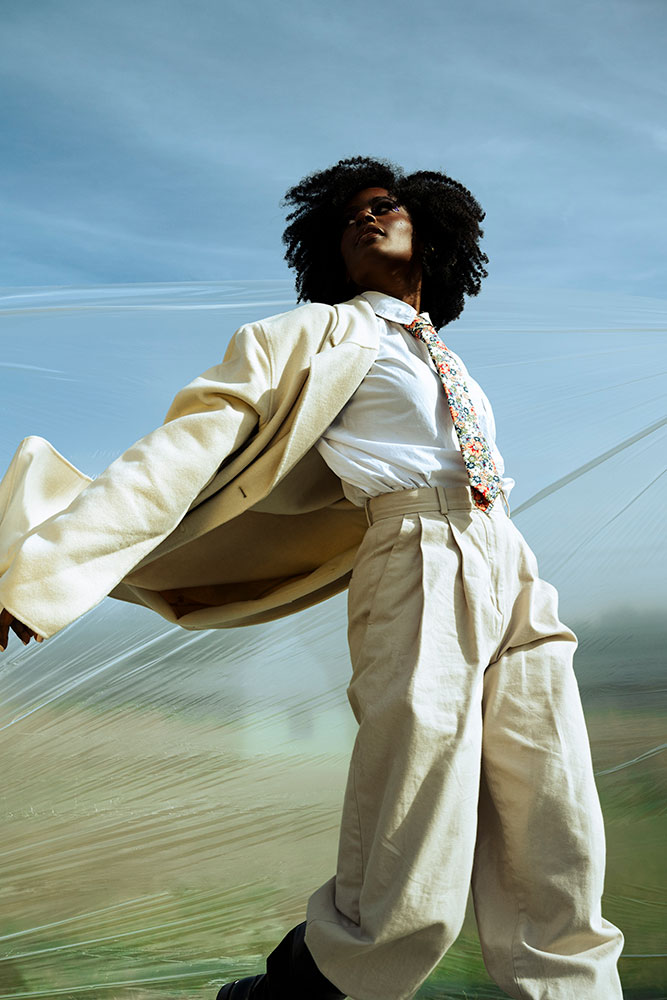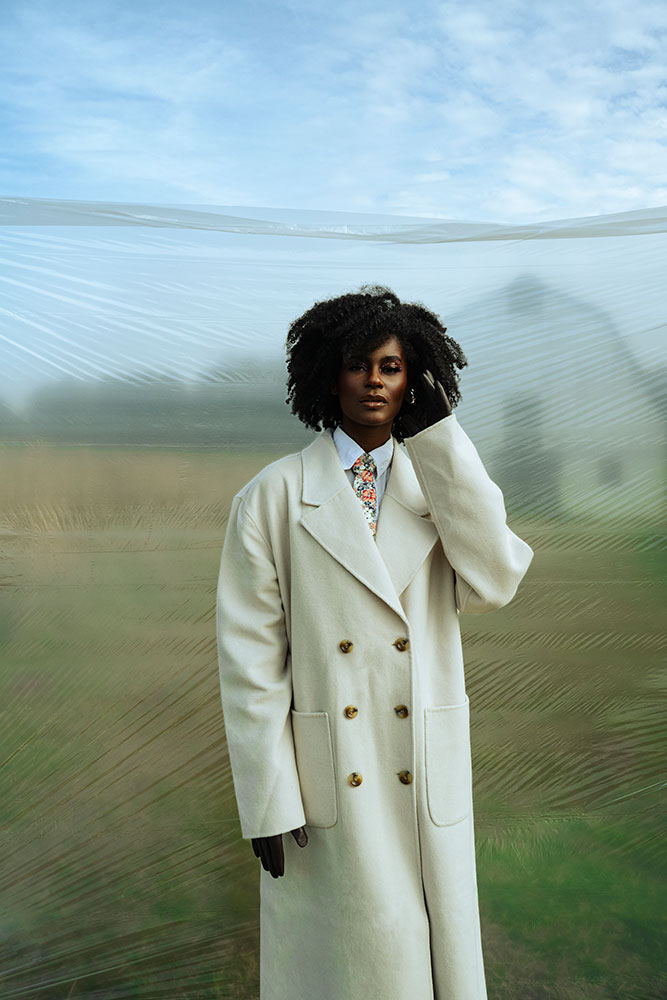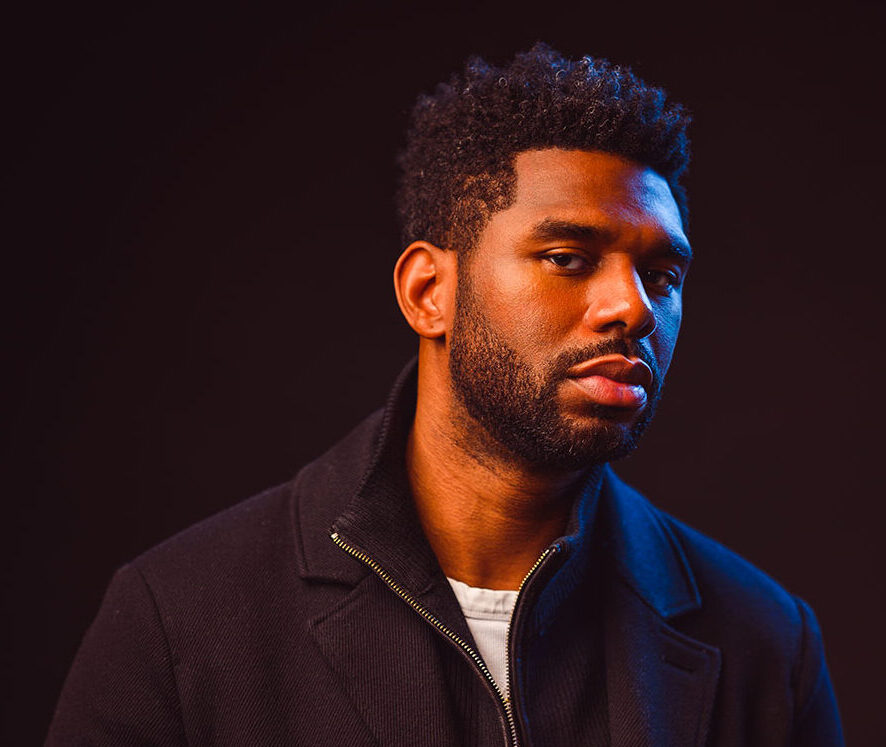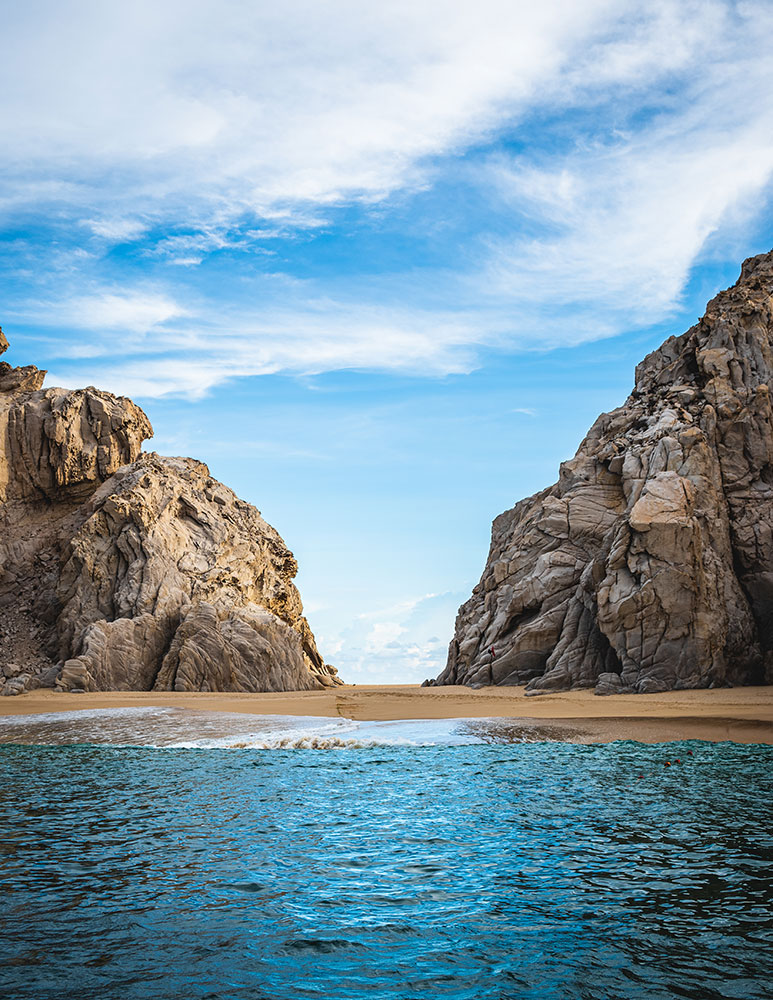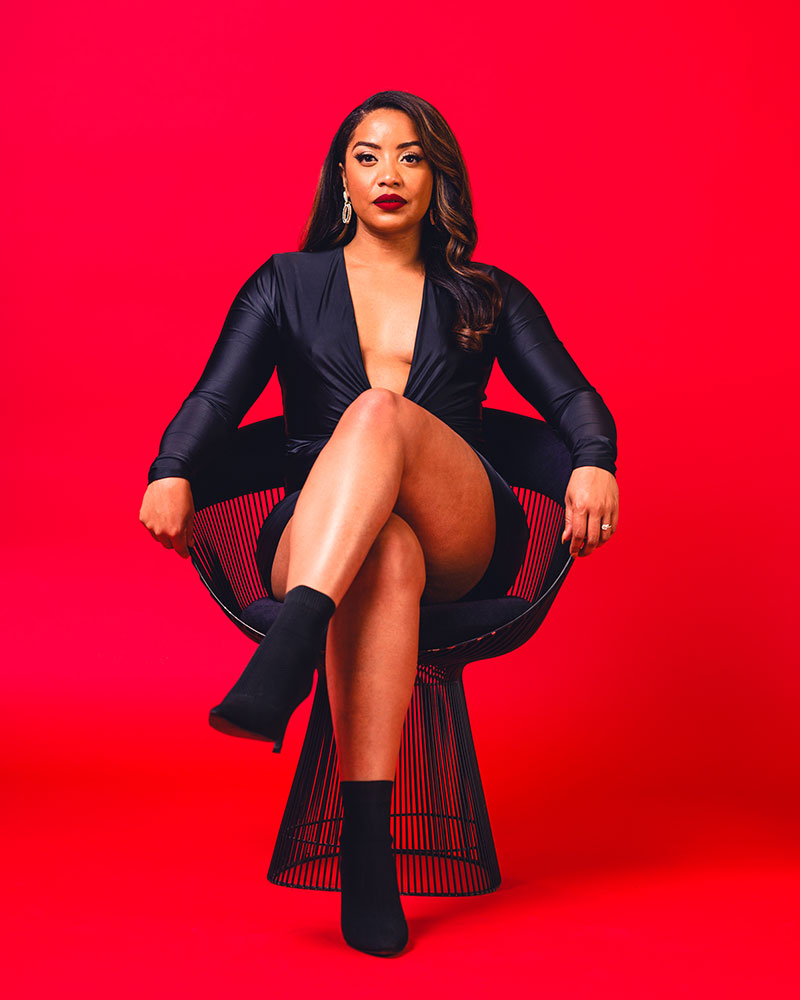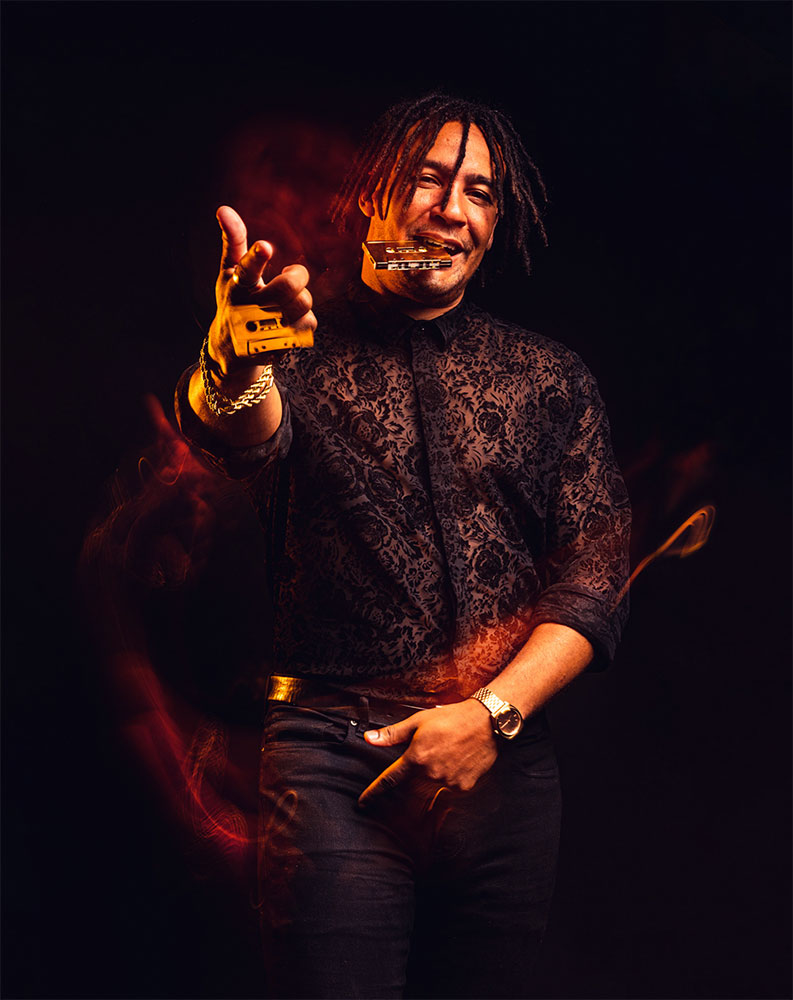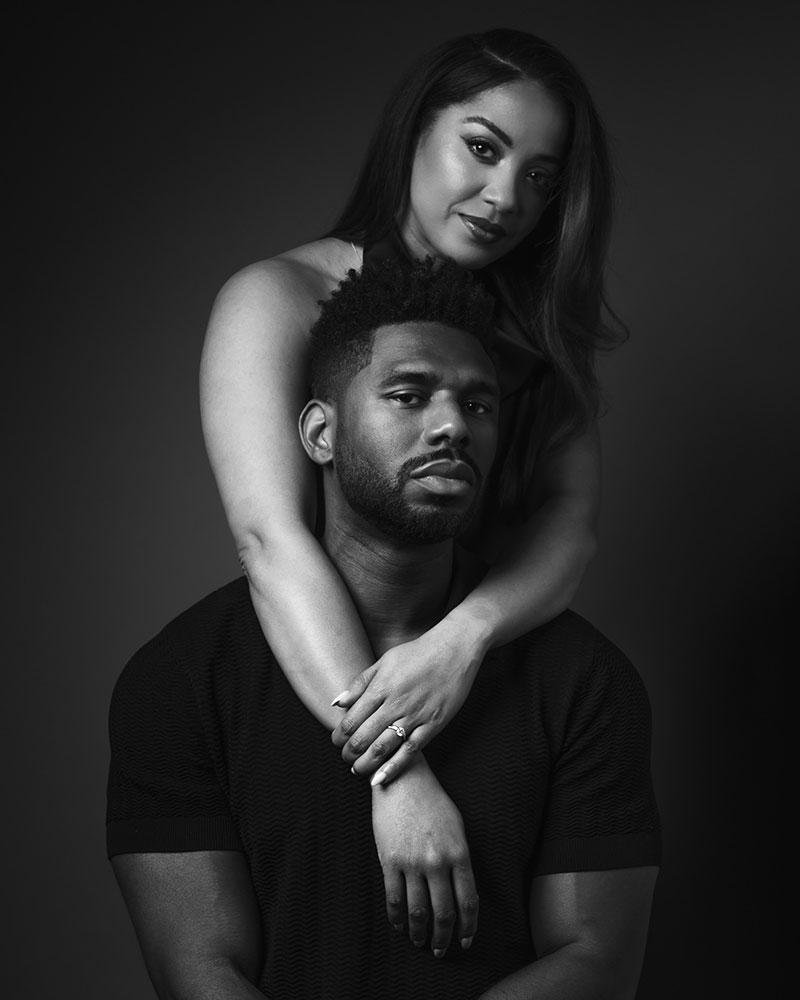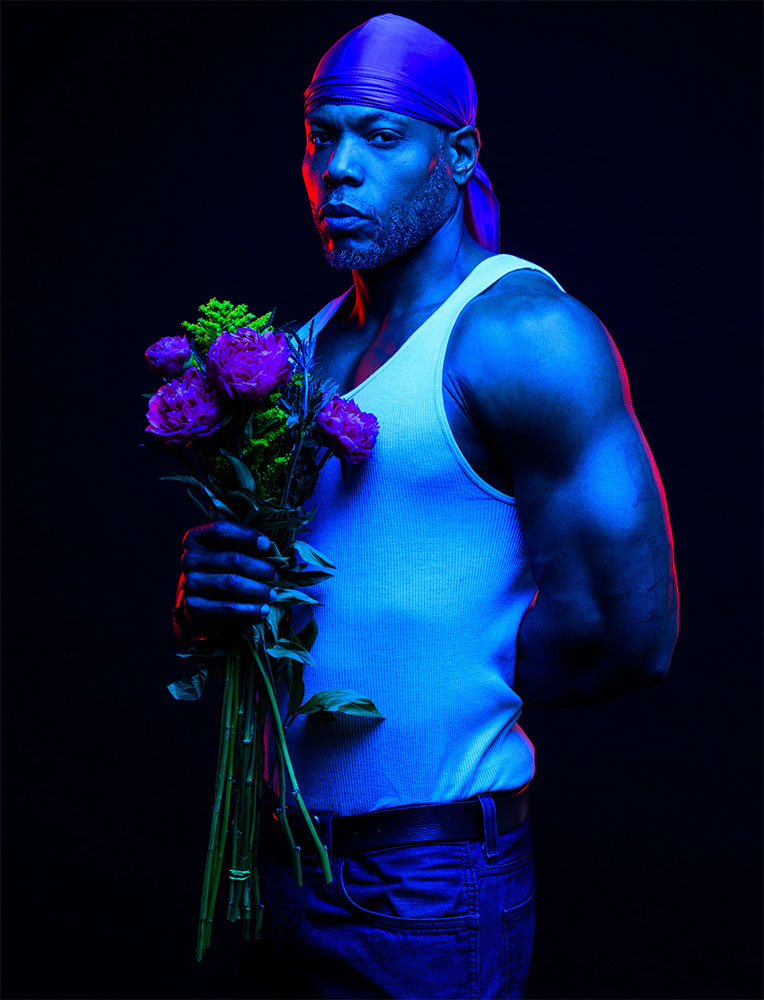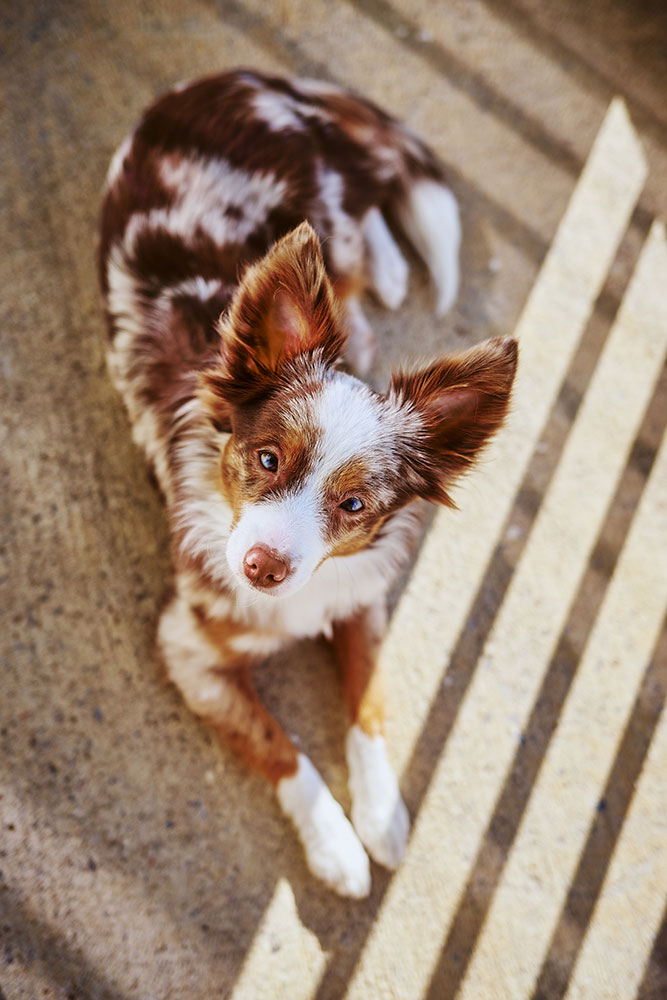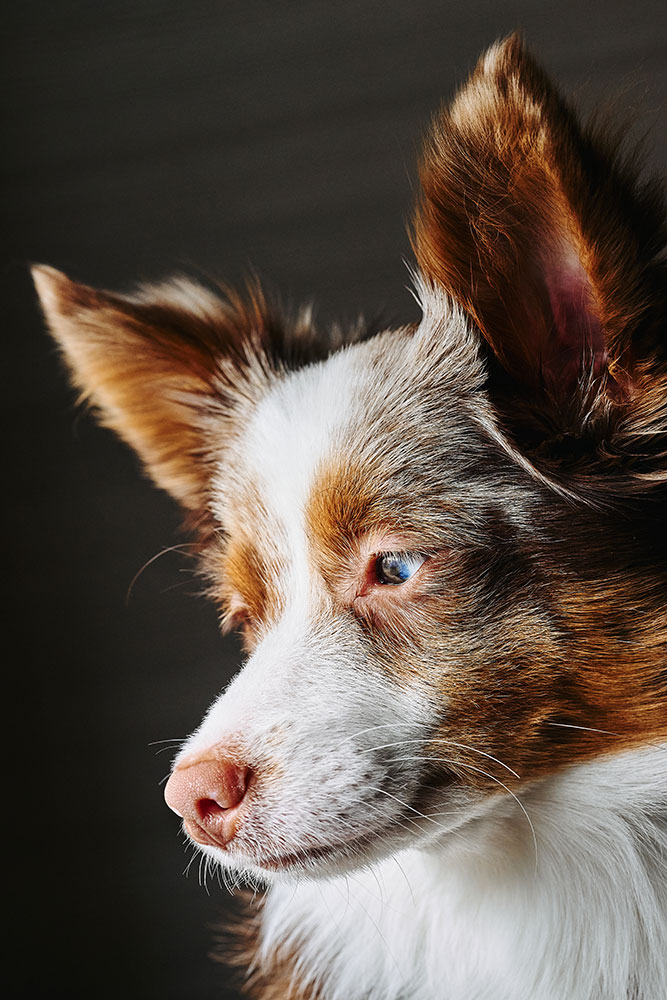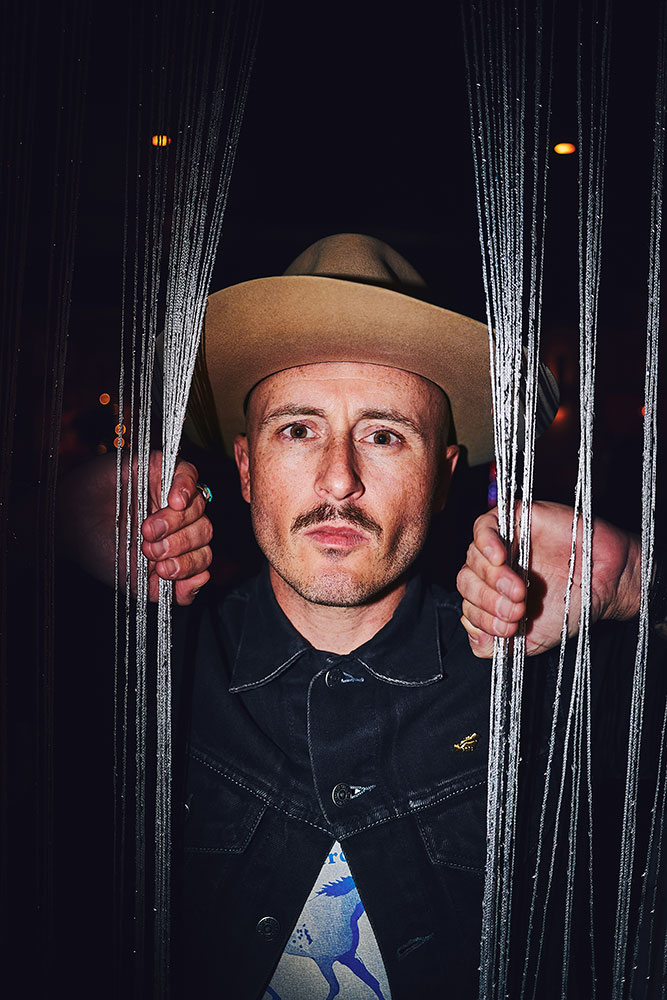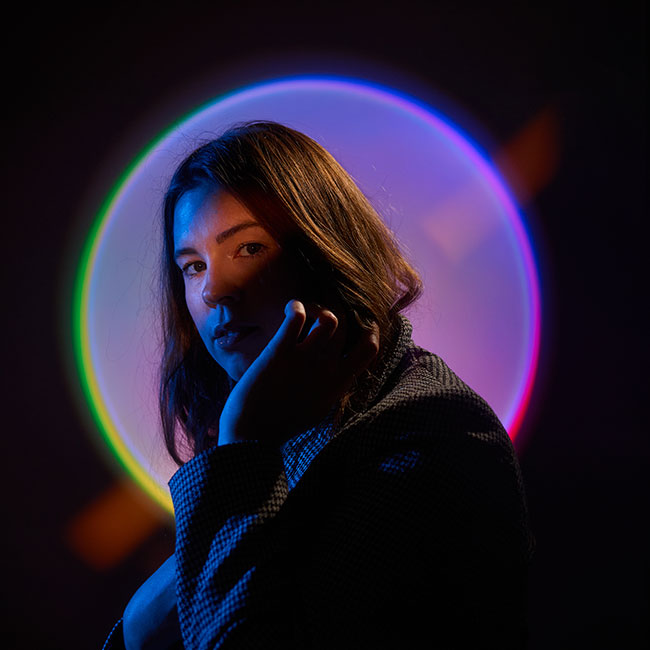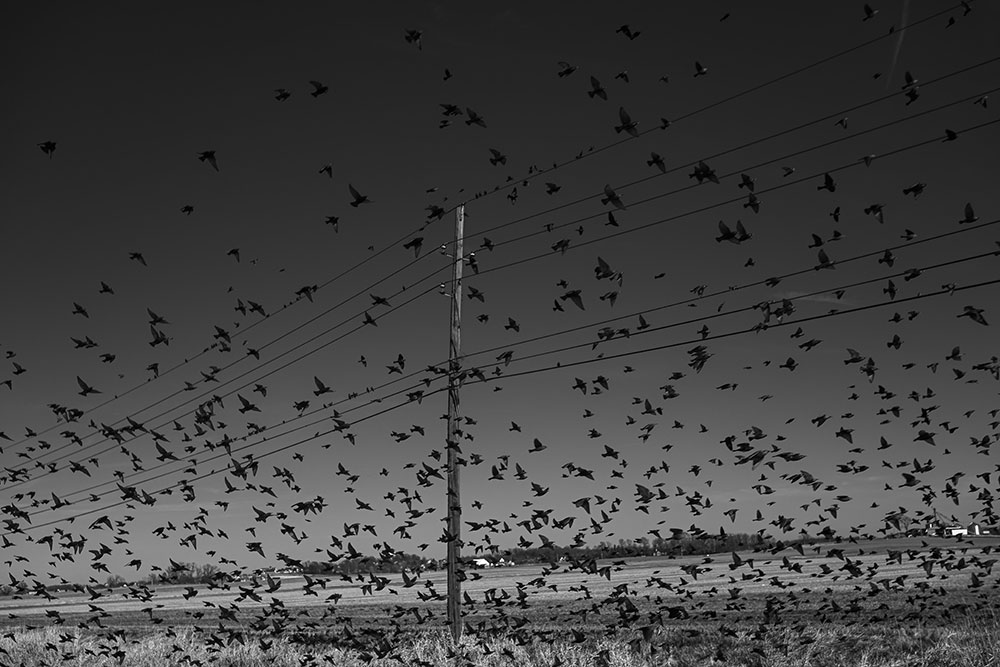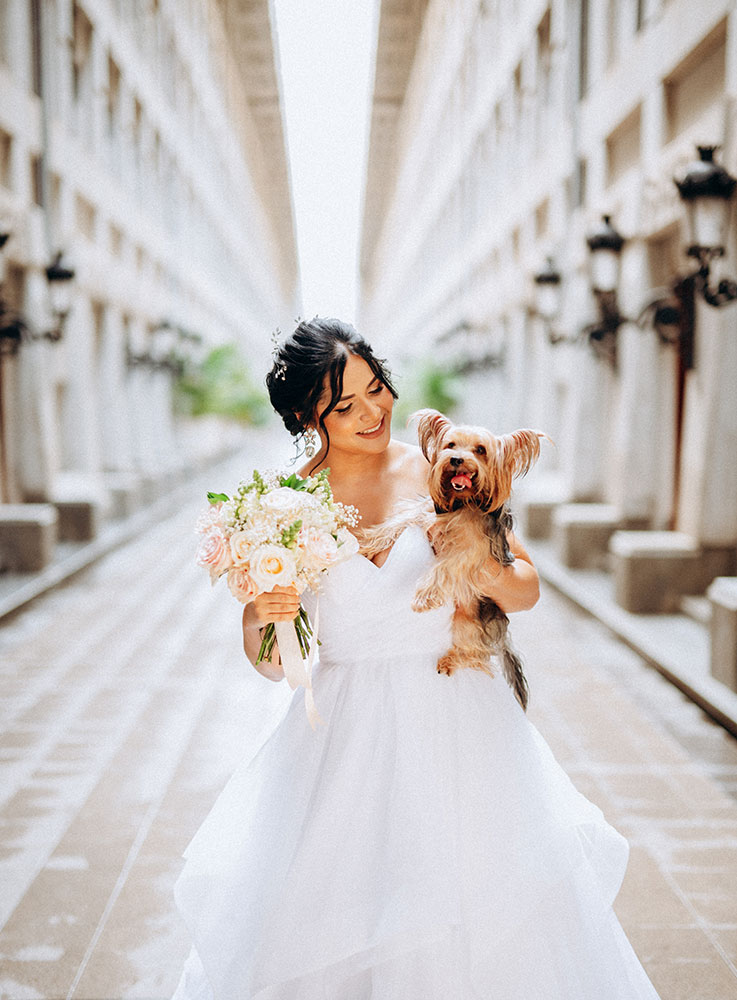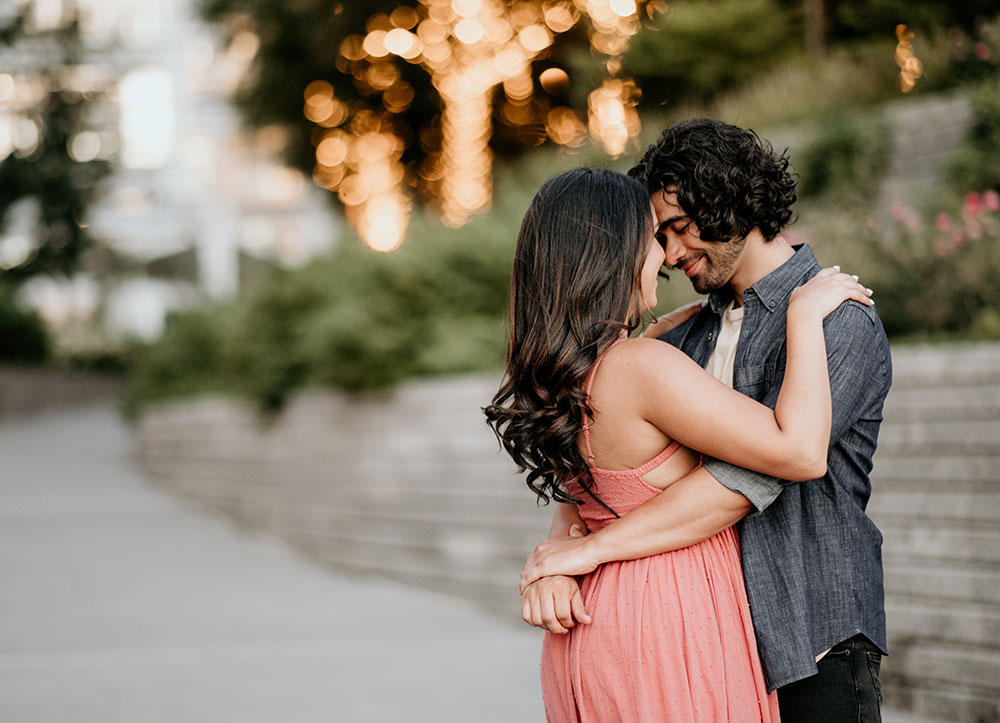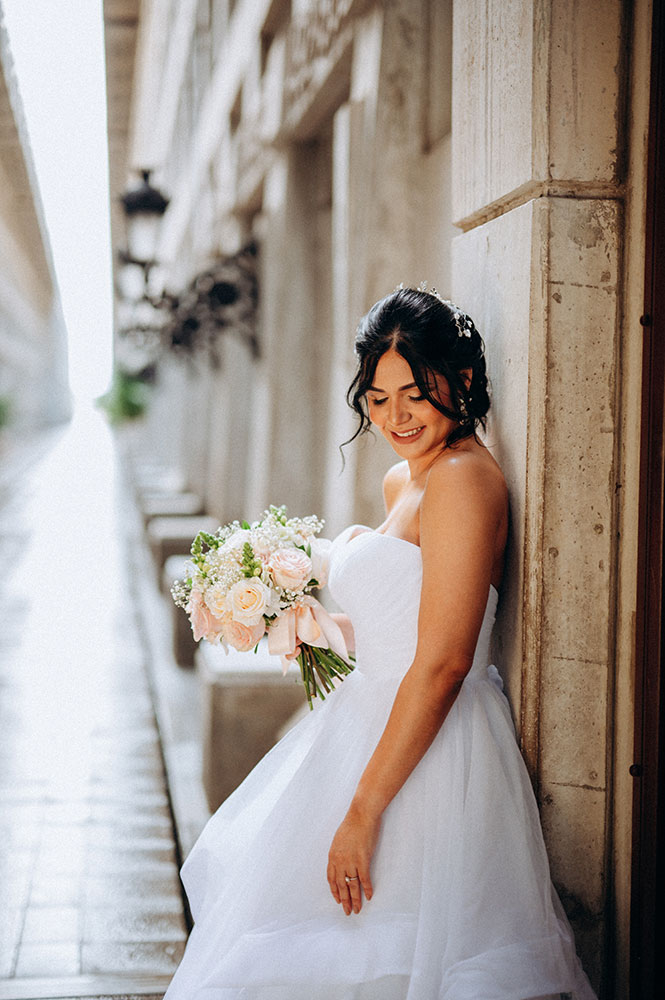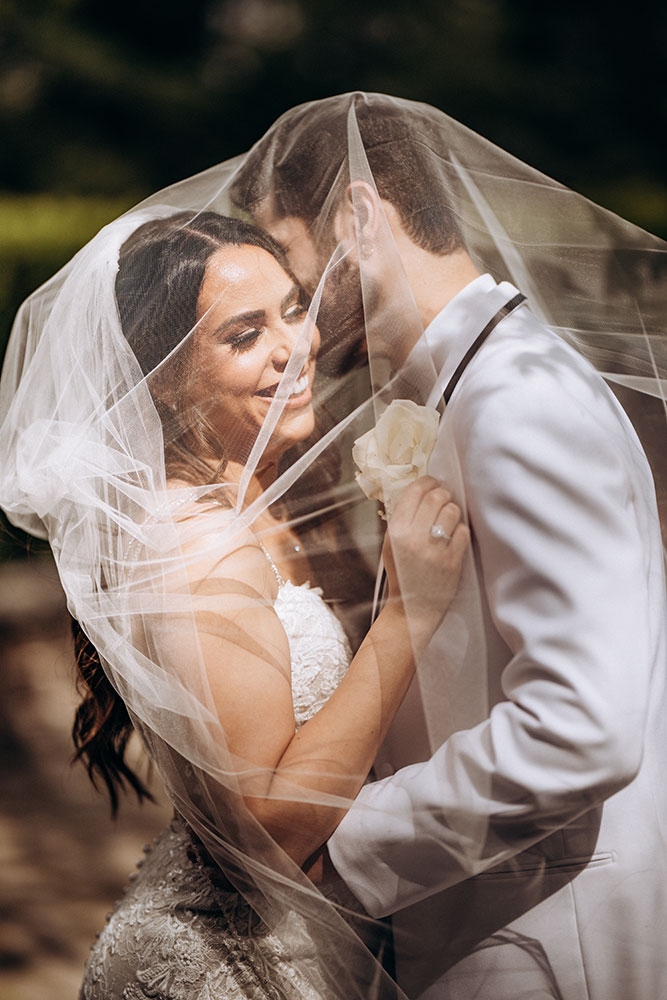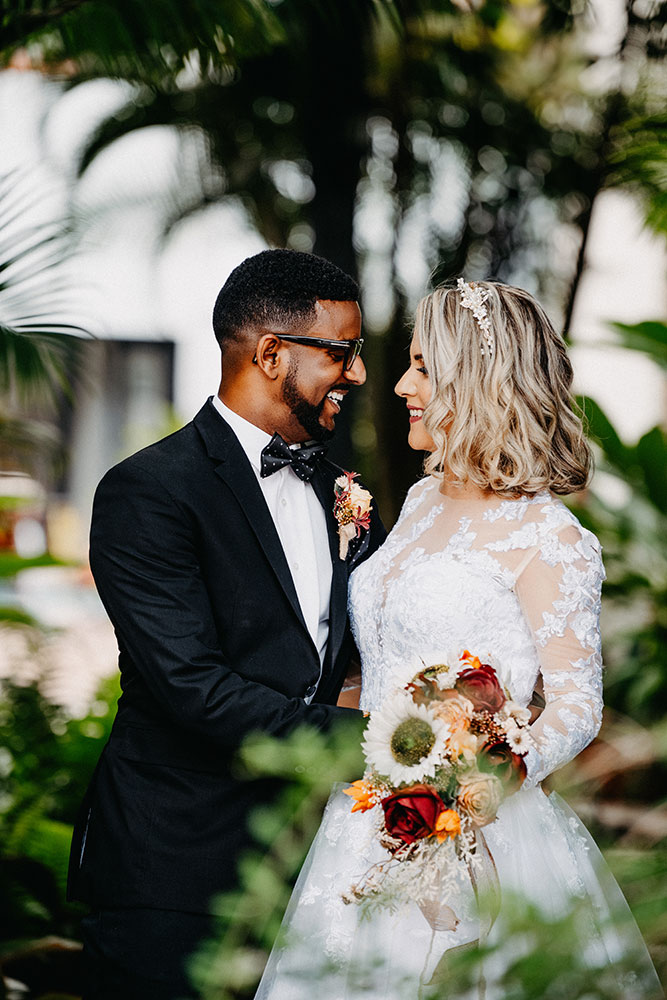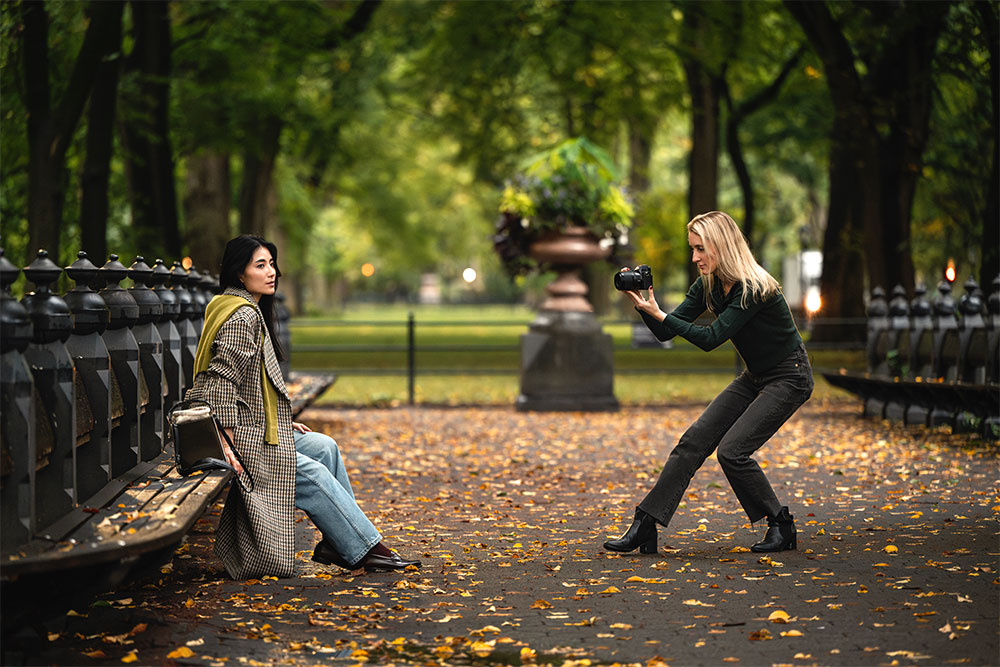
“I’m ready to shoot at a moment’s notice”
—Brittany Kunkel on art, photography, and the Z50II

Like many photographers, Brittany Eliza Kunkel first picked up a camera when she was a child, starting with point and shoots, before her “official” introduction to photography at high school “when I used a Nikon SLR for a film photography class.” Since then, she has built a career on dreamy, painterly photographs that evoke a timeless sense of light and place. You can see some of her distinctive work in the launch campaign for the Z50II, which features a series of beautiful images taken in the iconic surroundings of New York City’s Central Park. We caught up with Brittany recently to talk about her process, her experience of shooting with the Z50II, and her background in traditional art.
Before photography, Brittany was passionate about painting and drawing, growing up, in her own words, “with a paintbrush, pencil or pastel in my hand at all times” before “falling in love” with the darkroom process at high school, where—“watching an image slowly come to life through a very hands-on, tactile process felt like magic.”
She credits this early passion with helping her become a better photographer. According to Brittany, her background in painting has had a great influence on her photography, specifically when it comes to composition and atmosphere, helping her capture, in her words, “photographs that feel like visual poetry.”
Painting taught me to be intentional with framing and to understand how subtle shifts in tone and contrast can evoke emotion. It also gave me a deep appreciation for atmospheric storytelling—how light can soften a scene or bring a dreamlike, romantic quality to an image.
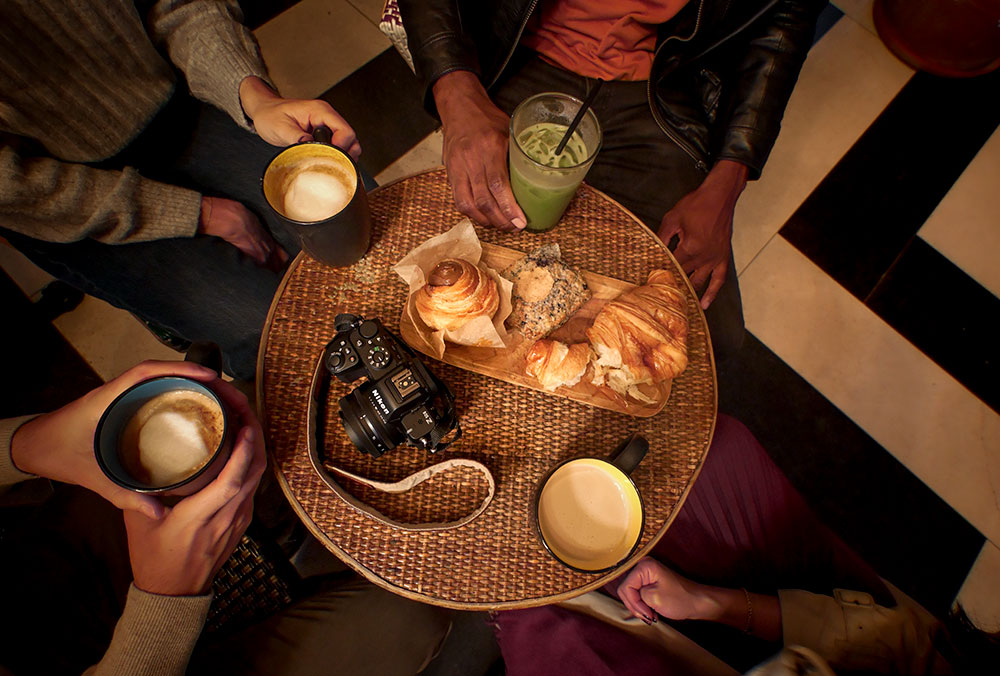
For this project, Brittany used the APS-C size/DX format Z50II—a compact mirrorless model she found to be lightweight and travel-friendly, with many of the features of Nikon’s higher-end Z series cameras.
For a travel and city photographer, this combination can make all the difference, as Brittany explains: After years of lugging around a heavy backpack of full-frame cameras and lenses, the Z50II is a breath of fresh air. It’s incredibly lightweight and compact but doesn’t compromise on features or performance. I love the freedom it offers—being able to head out on the town all day or night and pop the Z50II into my purse. I’m ready to shoot at a moment’s notice when a great shot presents itself.

Despite its compact dimensions, Brittany has also come to appreciate the Z50II’s versatile design, including a built-in flash:
I love the ability to fully customize function buttons and quick menus on screen, so I can quickly adjust settings on the go—especially in unpredictable weather or lighting conditions. The fully articulating touchscreen is invaluable while capturing low angles or overhead shots and the flash is incredible at balancing out the subject and background in a scene, so that you’re not left with a blown-out subject and dark background.
But the advantages of the Z50II go far beyond its ergonomics. Brittany also calls out the image quality and powerful autofocus:
The way the Z50II handles light and color allows me to retain details in the brightest highlights and deepest shadows, which is essential for capturing and editing the mood of a scene in post, and the eye-detect autofocus is incredibly fast and precise.
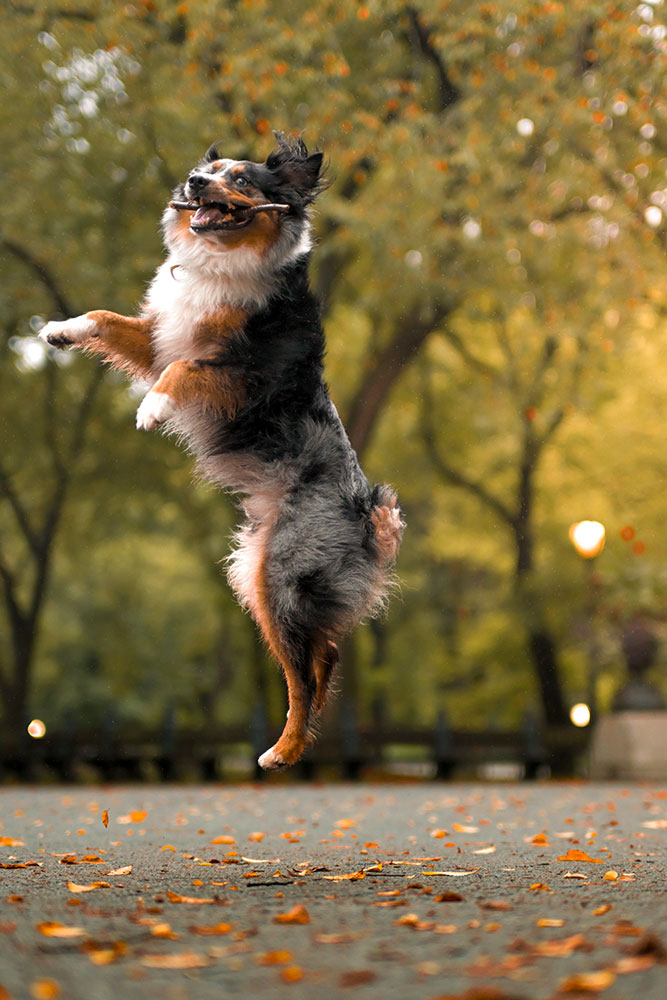
The Z50II also includes a suite of creative color presets, all accessible at the touch of a button, as well as the ability to create custom Picture Controls and even download additional presets [Image recipes] from Nikon Imaging Cloud. Brittany explains the benefits that this level of flexibility brings to her work:
It’s a whole new layer of creative freedom. It allows me to experiment with different looks and moods on the spot—sometimes even eliminating the need for post-processing. I also love the collaborative aspect of being able to download Picture Controls from other photographers on Nikon Imaging Cloud, gaining insight into how they see the world and sparking inspiration in my own work.

For this campaign, Brittany used the Z50II with a number of smaller DX lenses including the NIKKOR Z DX 24mm f/1.7, the NIKKOR Z DX 18-140mm f/3.5-6.3 VR “for its versatility”, the NIKKOR Z DX 12-28mm f/3.5-5.6 PZ VR “for ultra-wide coverage” along with the FX format NIKKOR Z 50mm f/1.4 “for some extra depth and dreamy bokeh.” And top of her dream gear wish list? “The NIKKOR Z 35mm f/1.2 S and NIKKOR Z 50mm f/1.2 S lenses!”
One of Brittany’s favorite places to shoot is Central Park in New York City, because “it feels like a world of its own—a quiet escape where the city’s chaos fades into the background.”
Light, she explains, is everything: “it has the power to transform a familiar scene into something extraordinary.” But often, the perfect conditions don’t present themselves immediately.

Brittany cites “patience and observation” as key to her ongoing search for “little cinematic moments—a solitary figure on a foggy bridge, golden light spilling onto a quiet street: scenes that make the city feel timeless and dreamlike.” And just like painters through the ages, sometimes she returns to a promising spot several times, “waiting for the ideal combination of light, atmosphere, and movement.”

